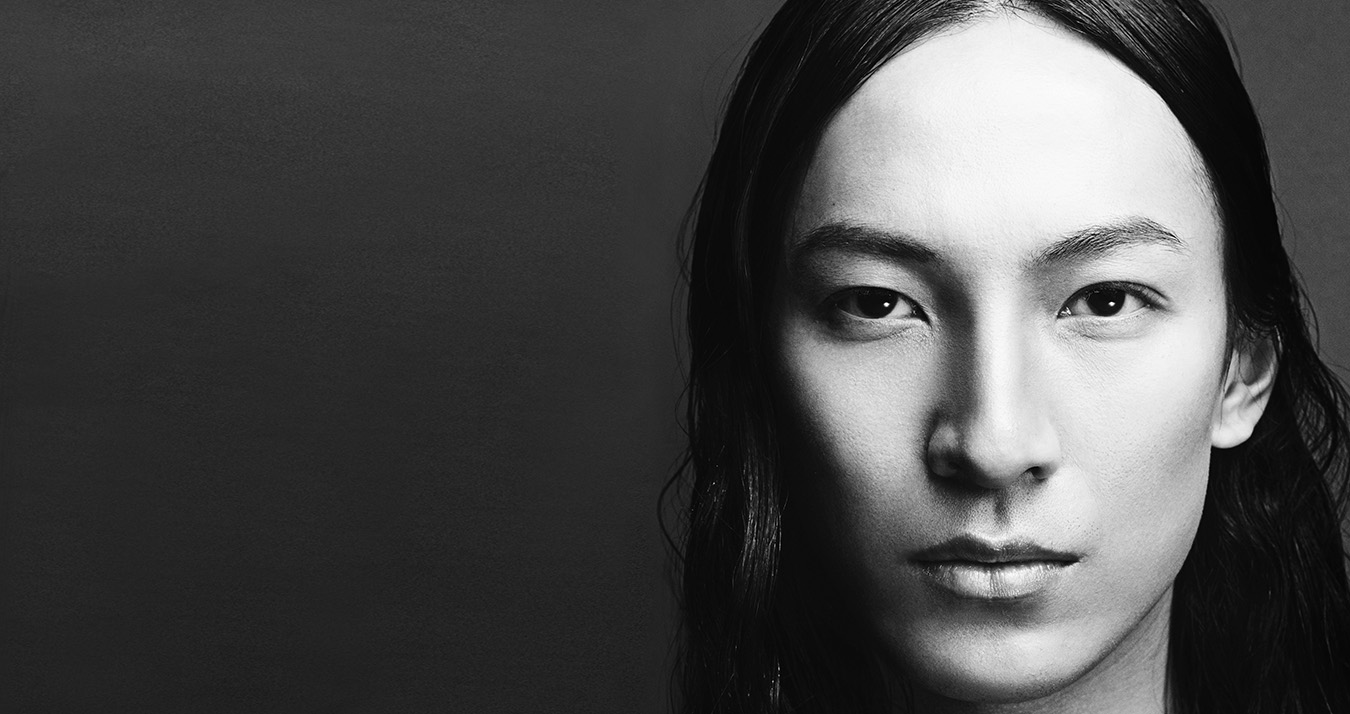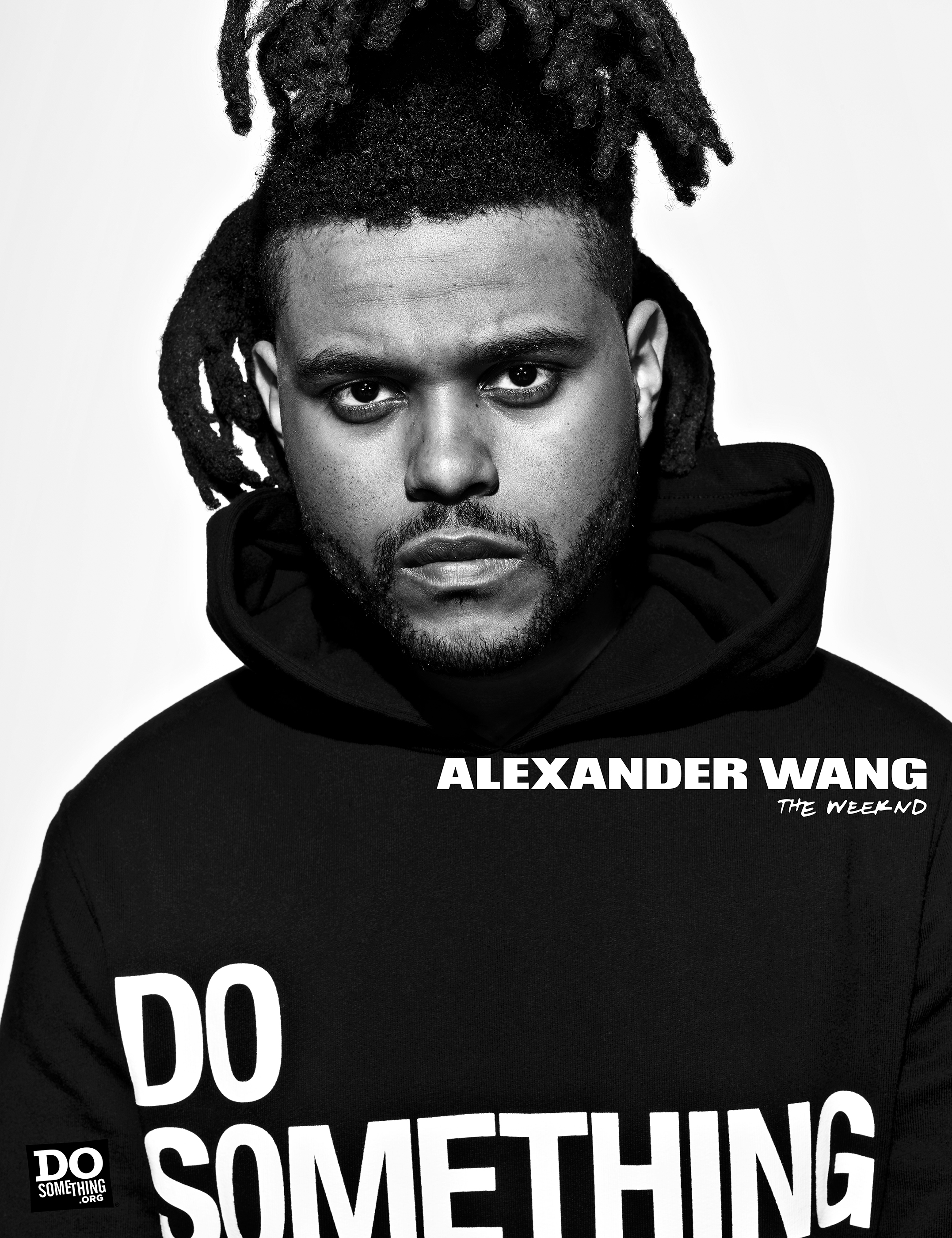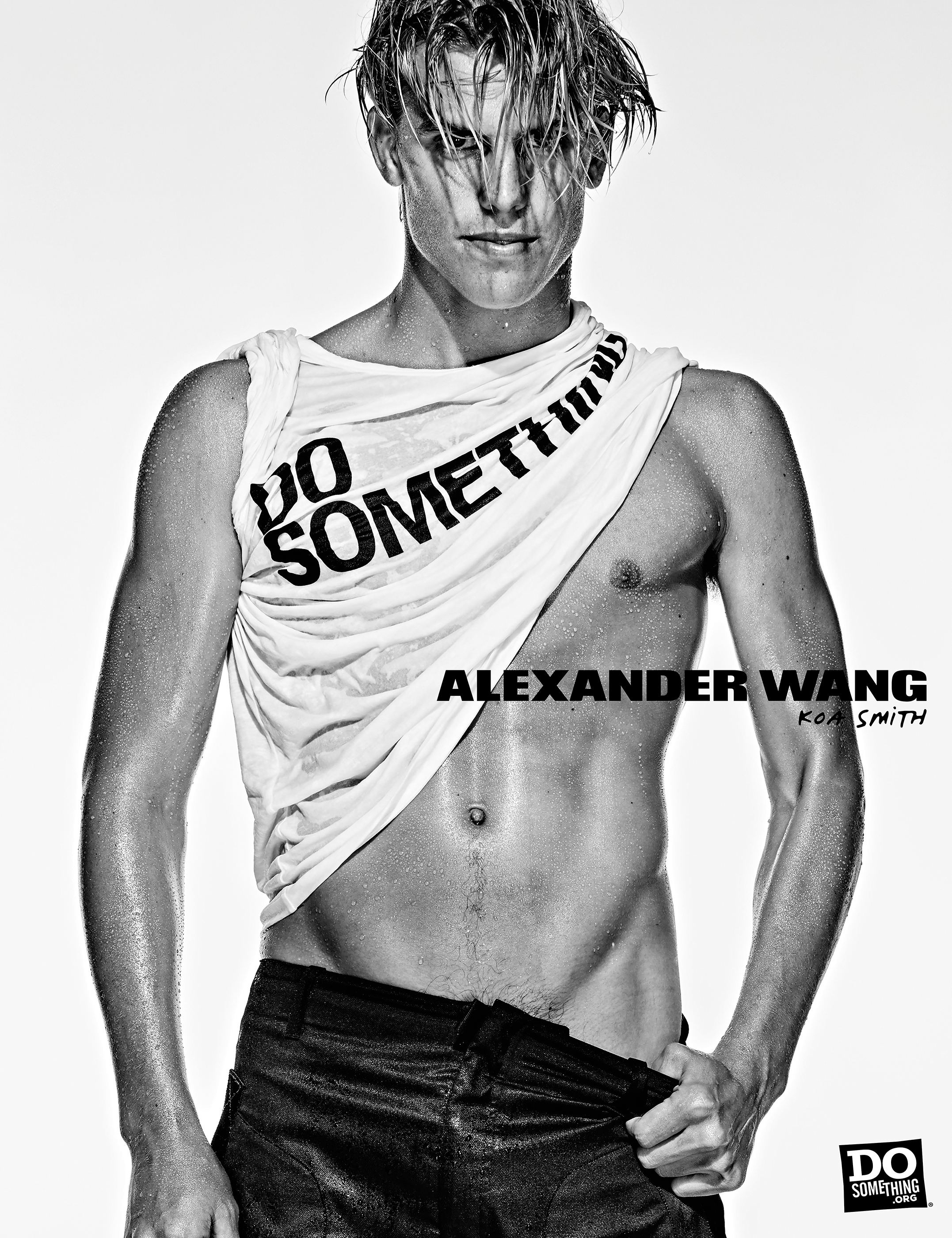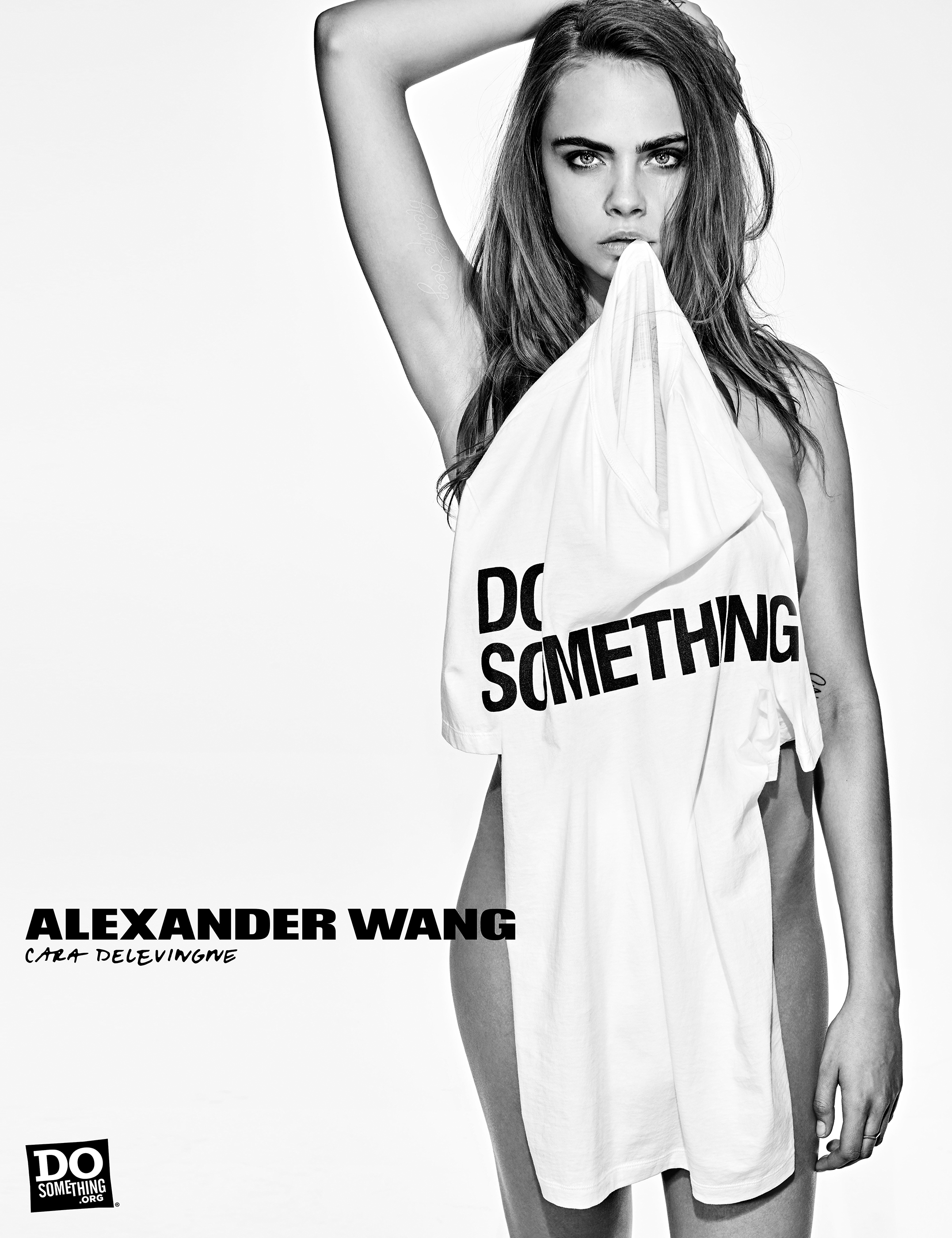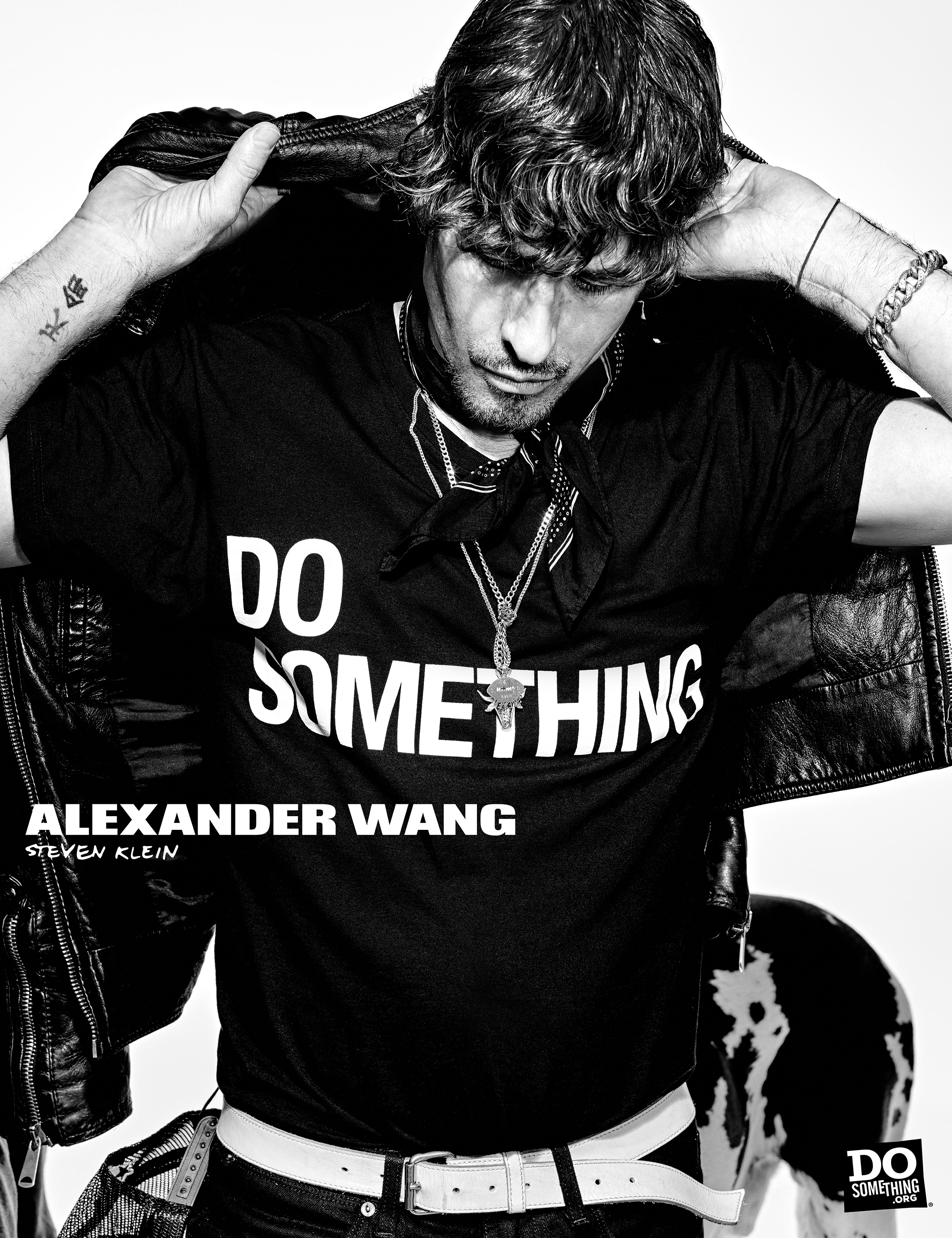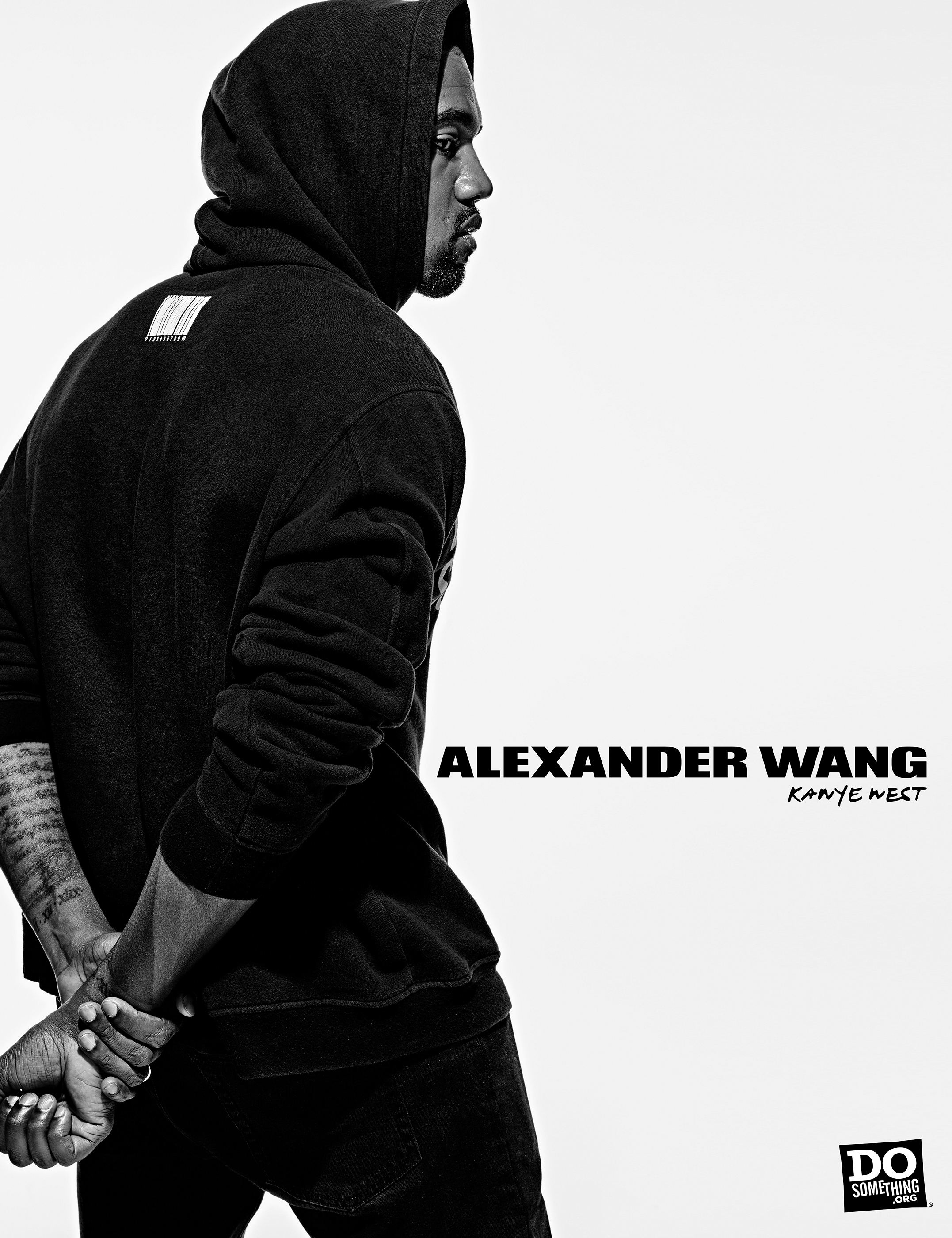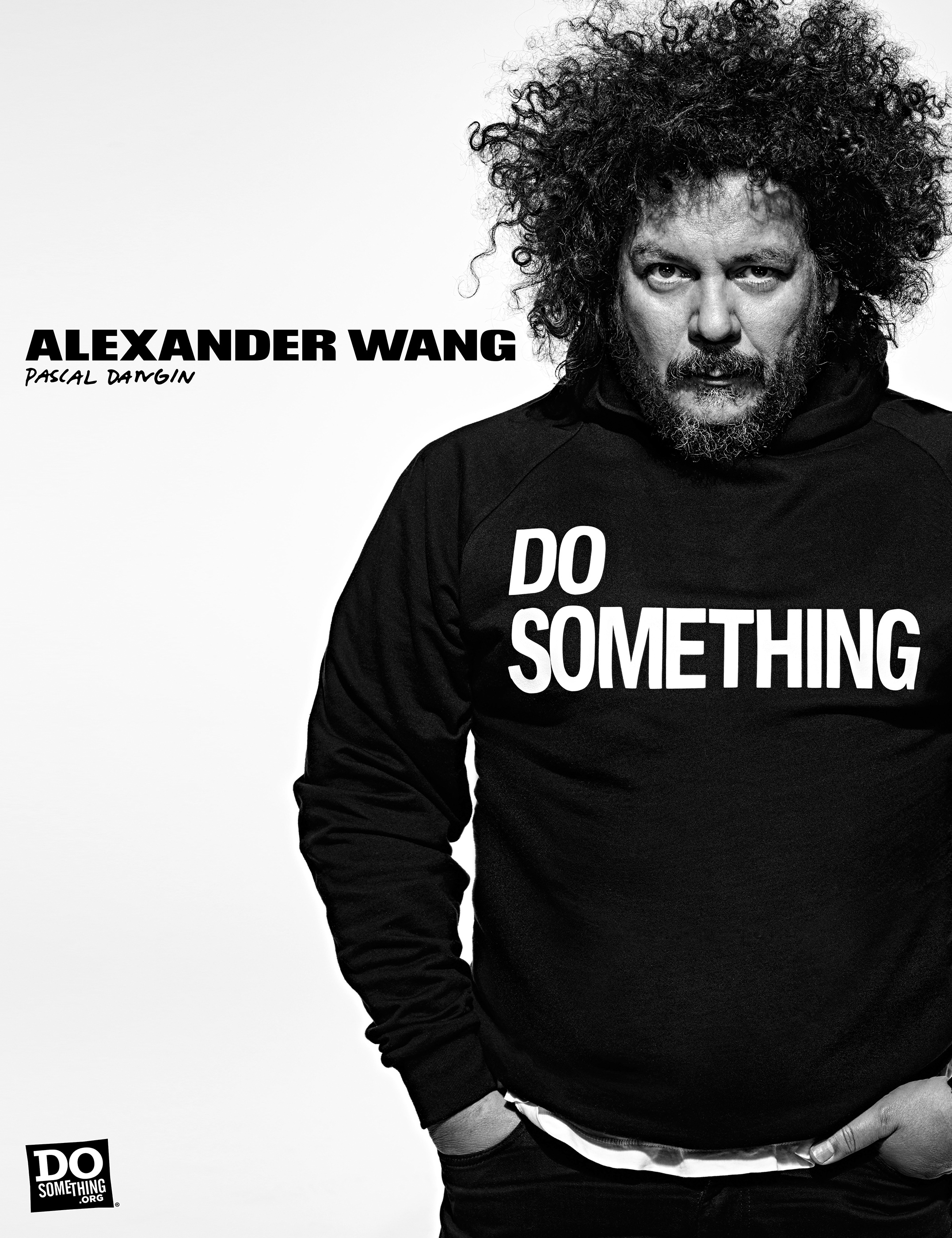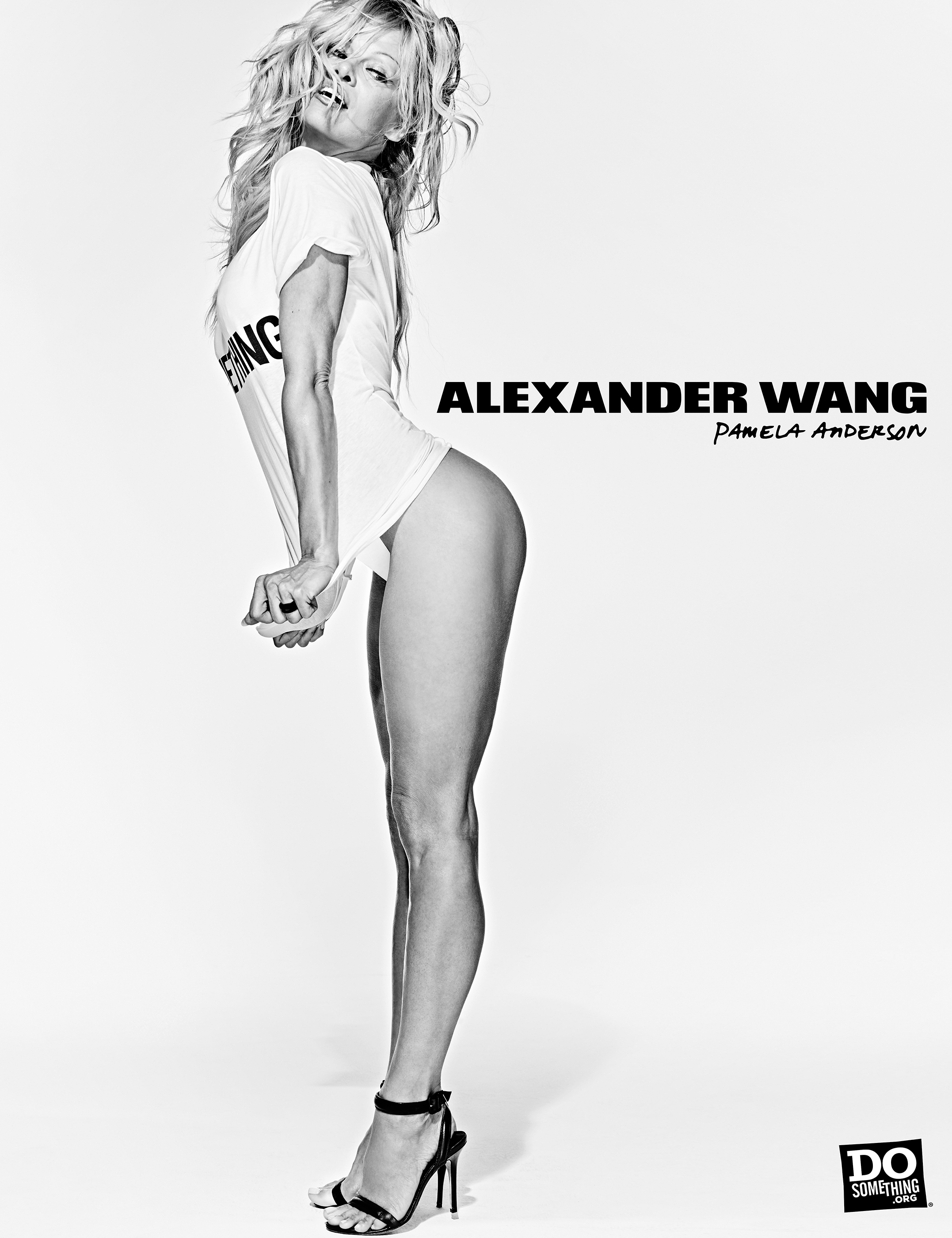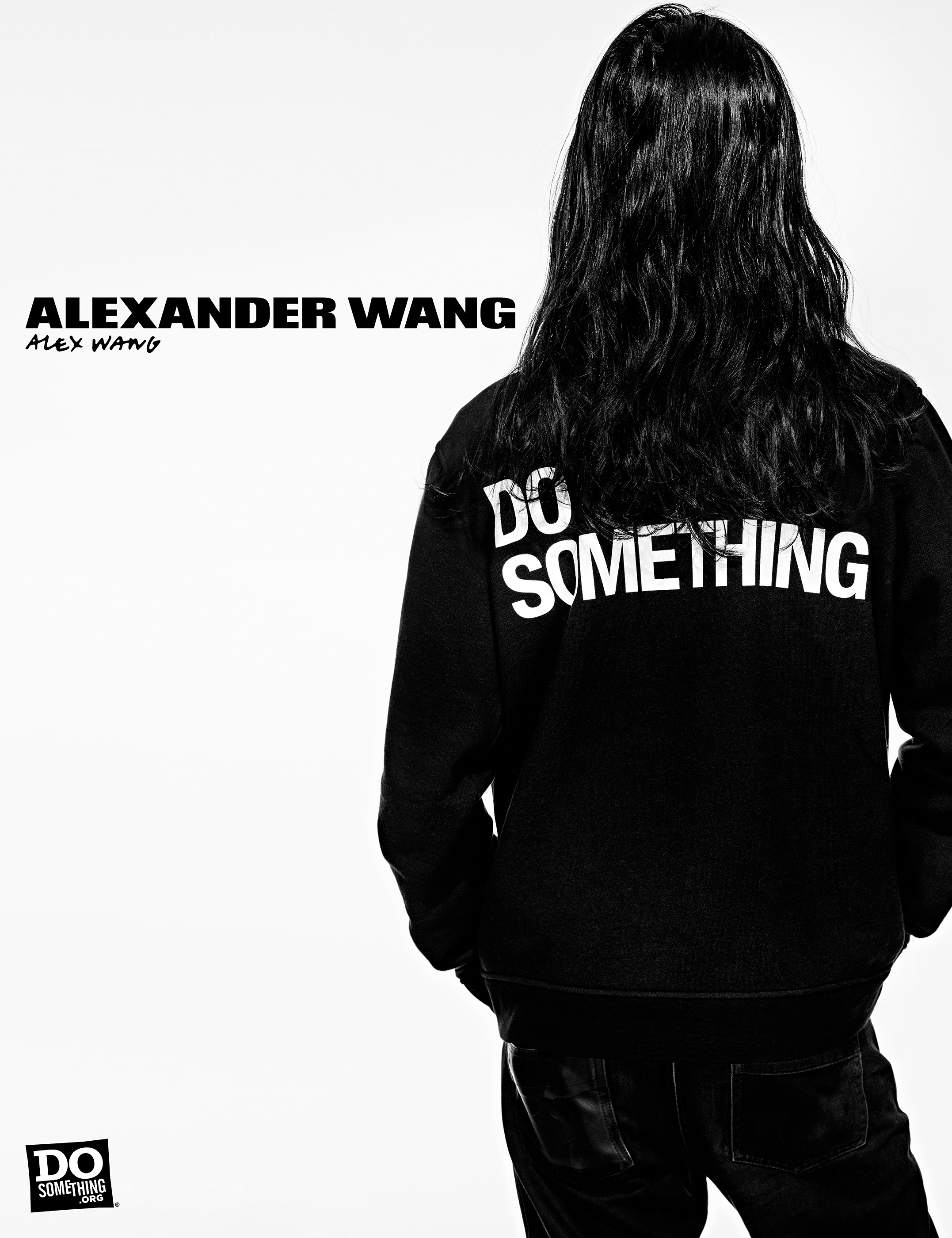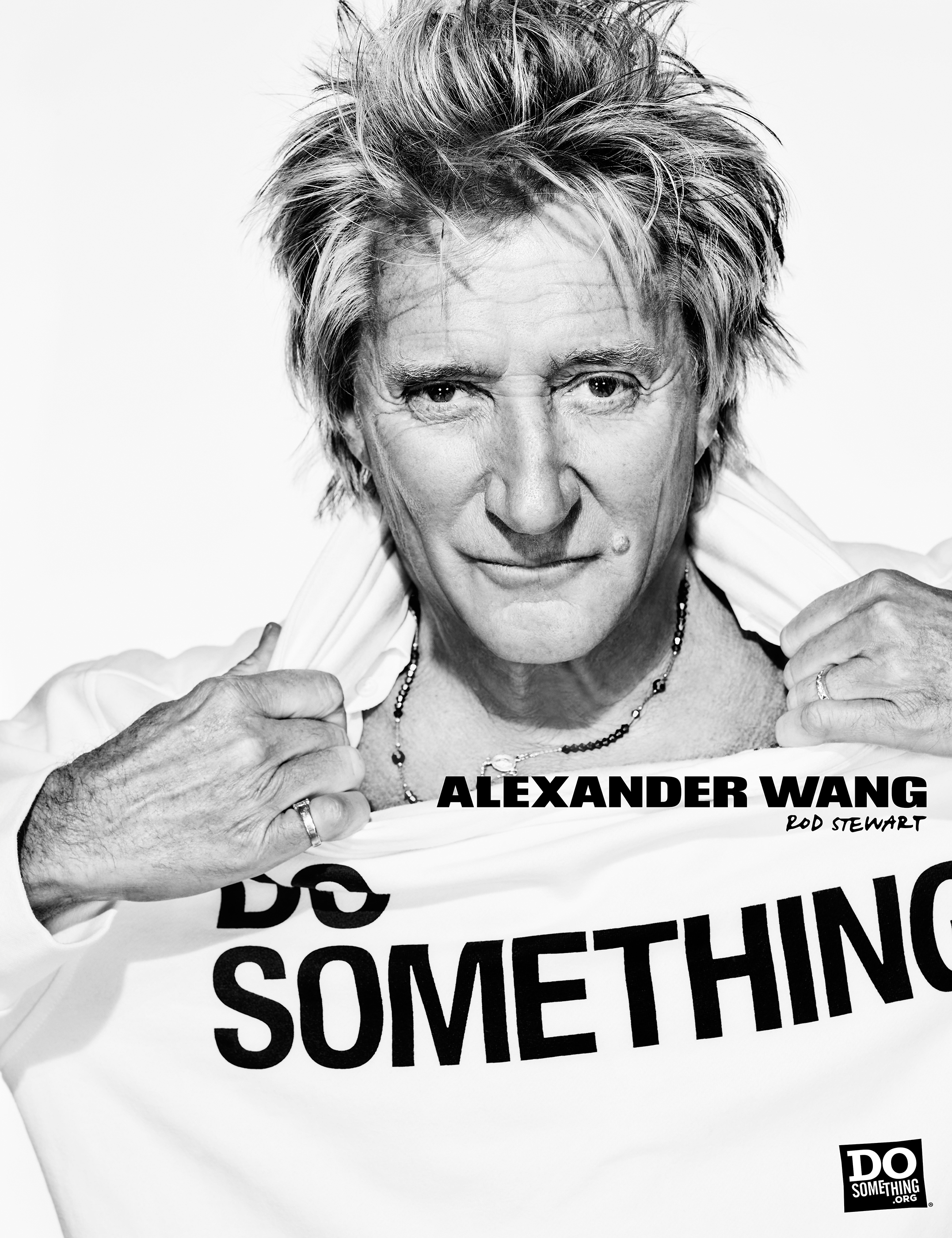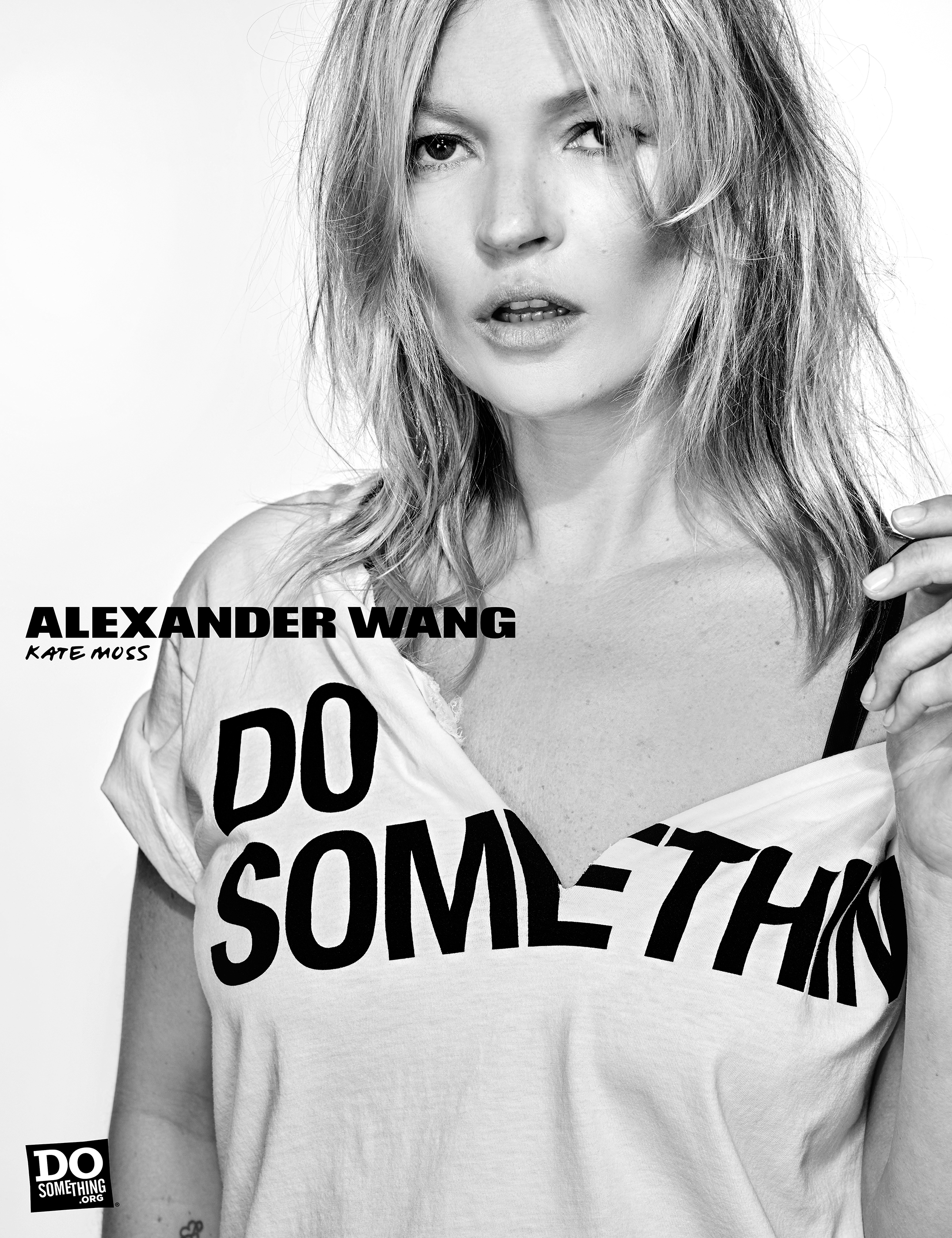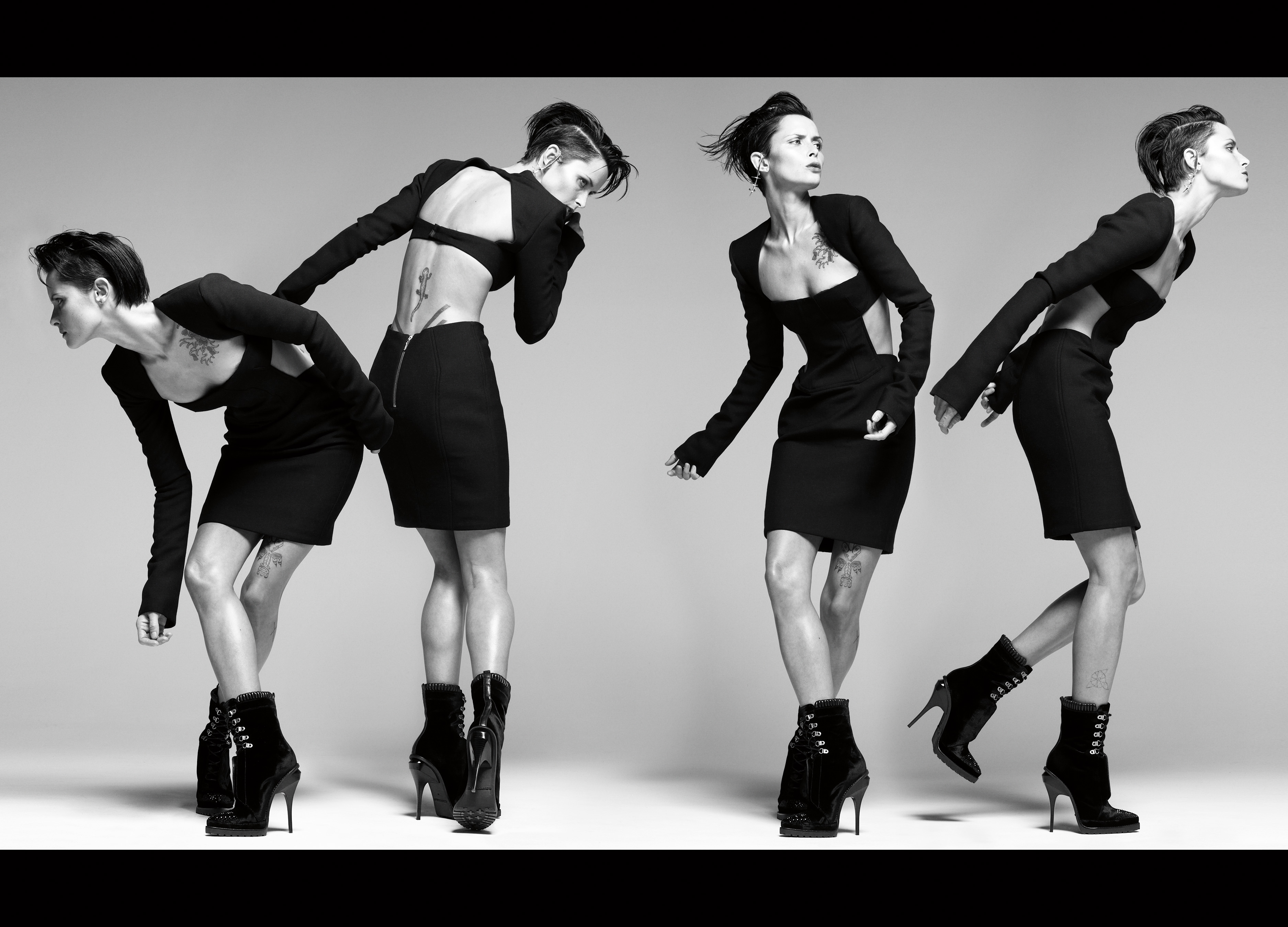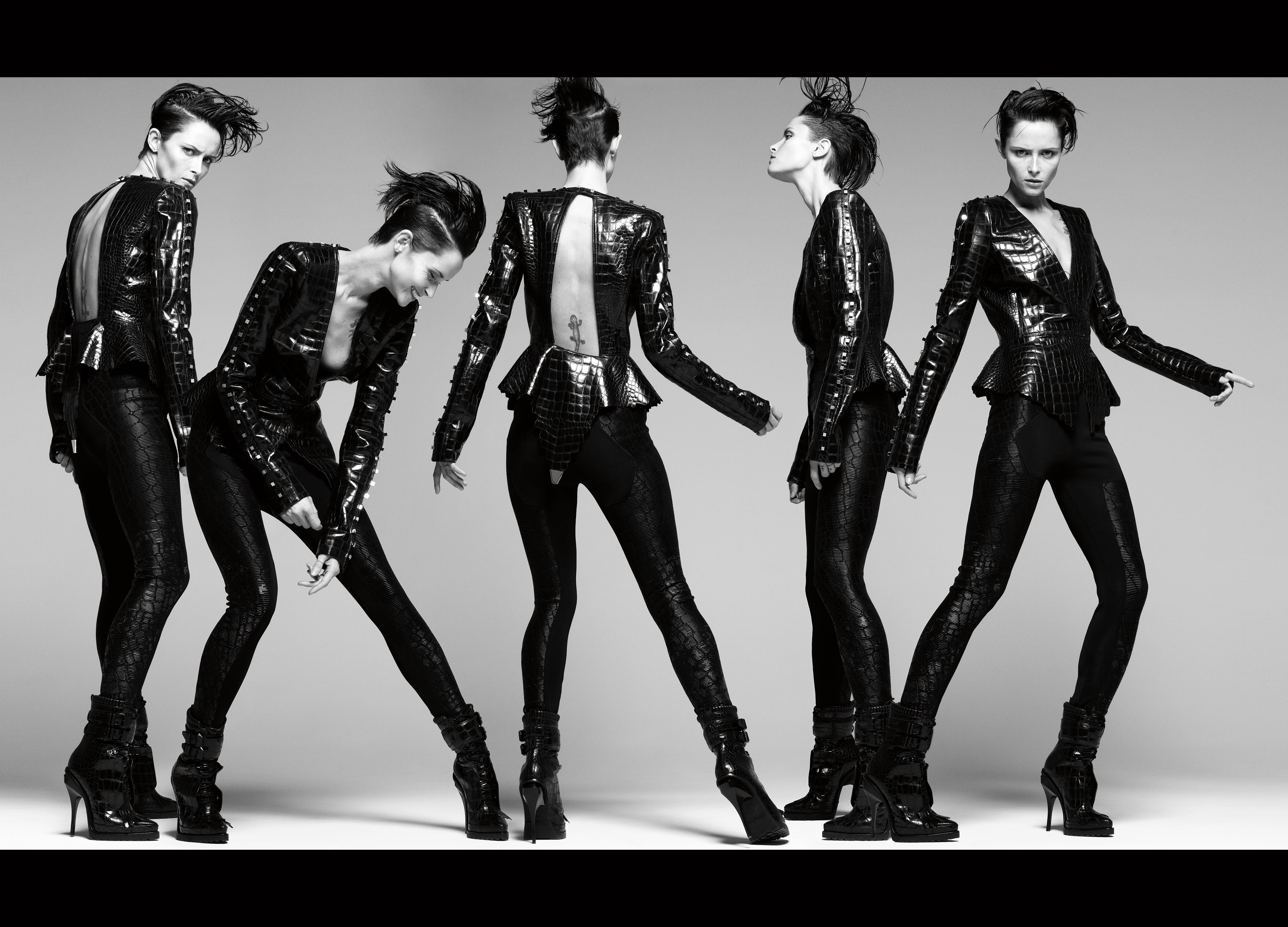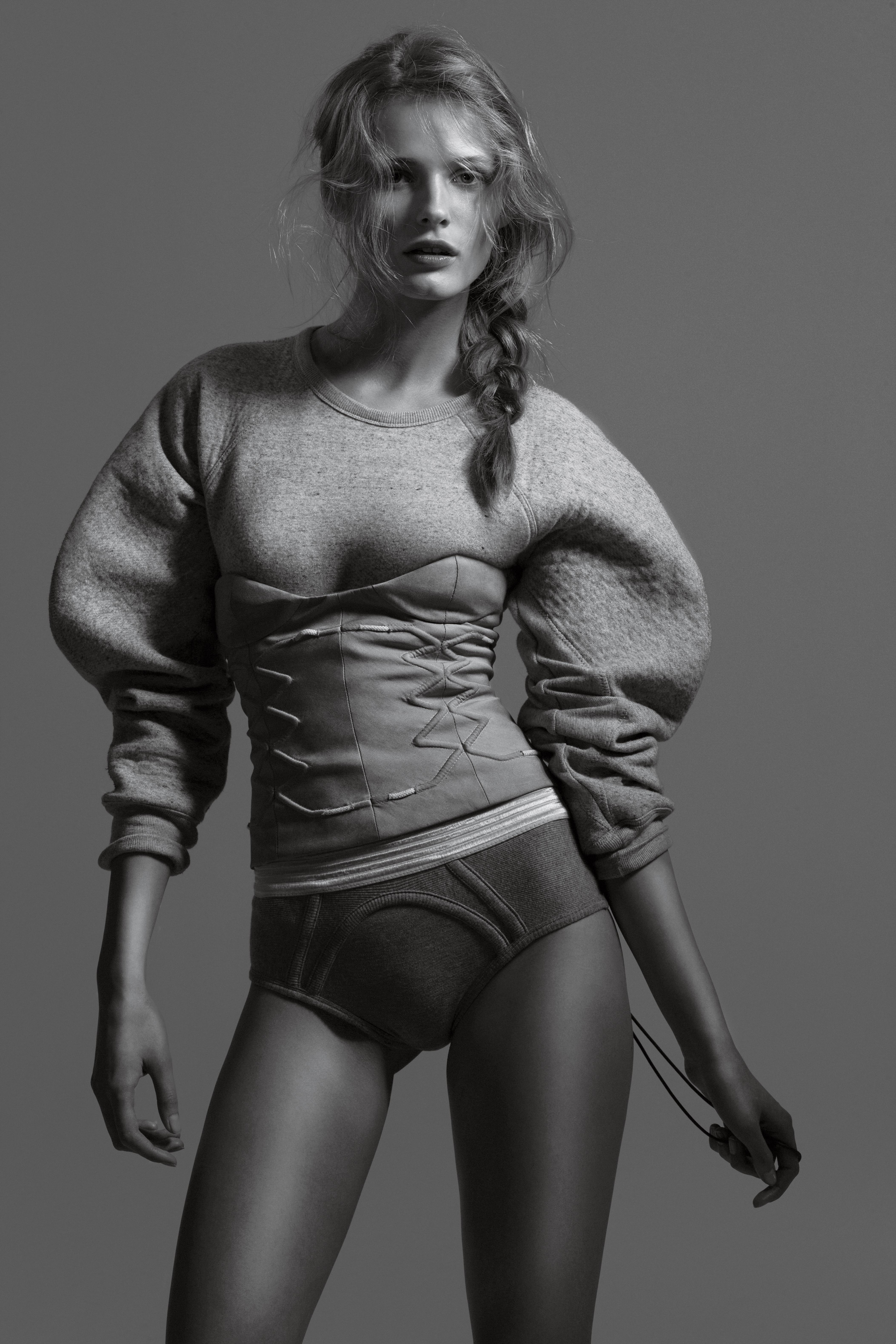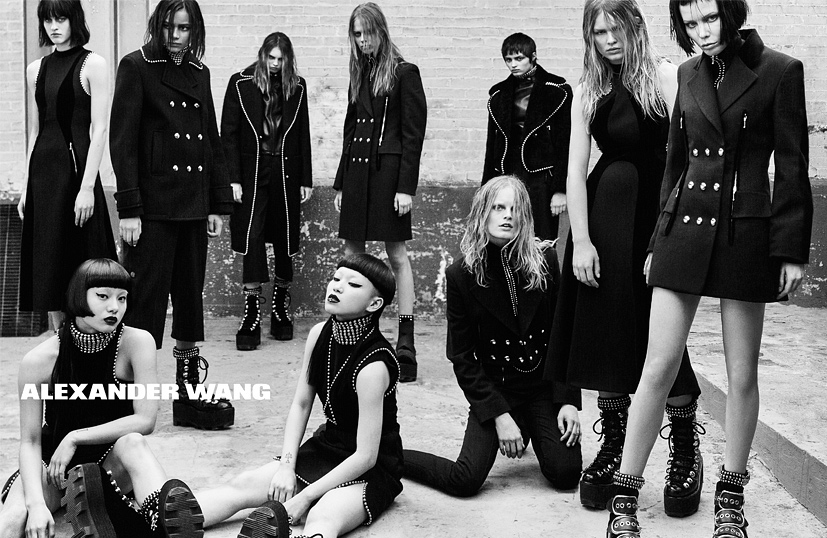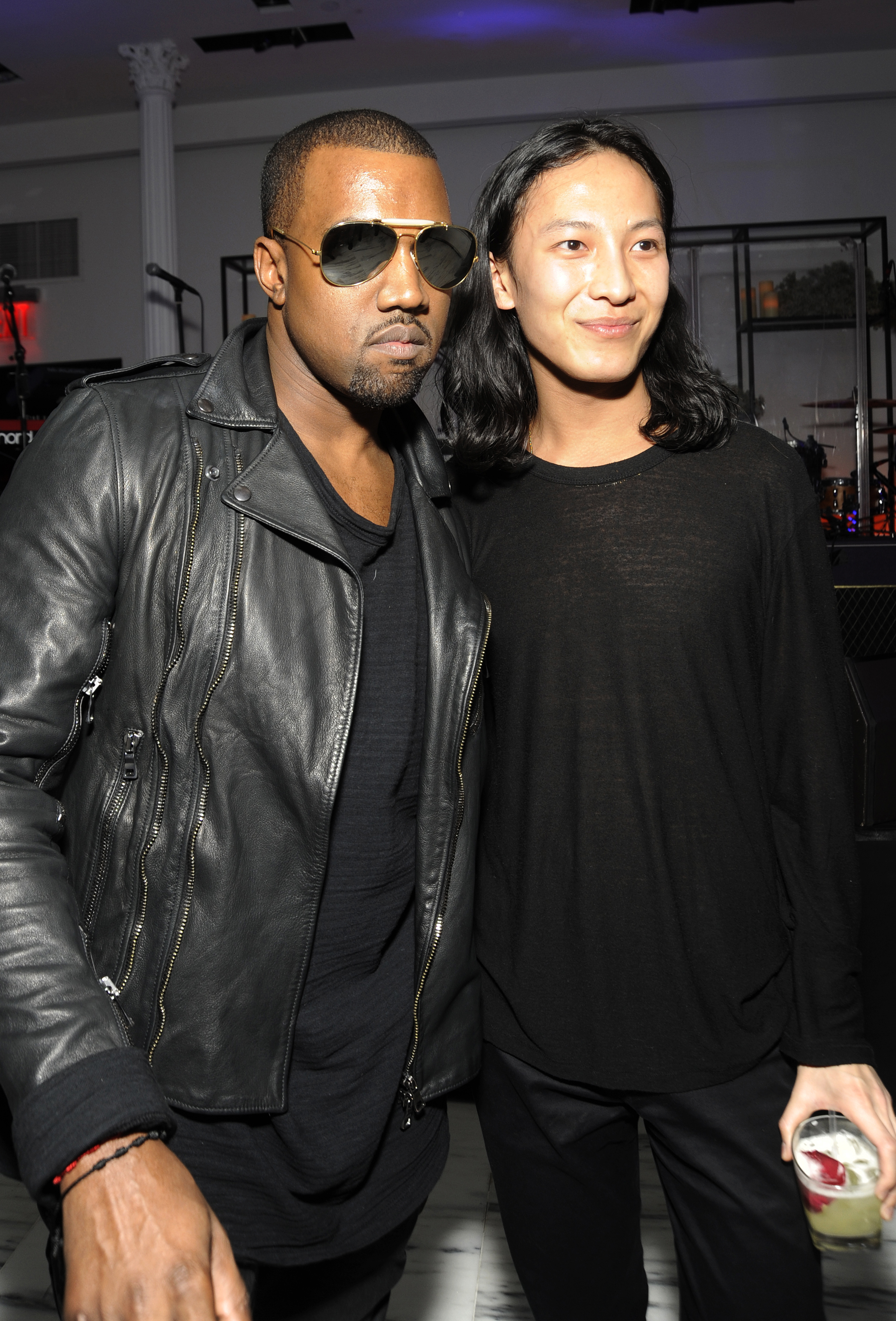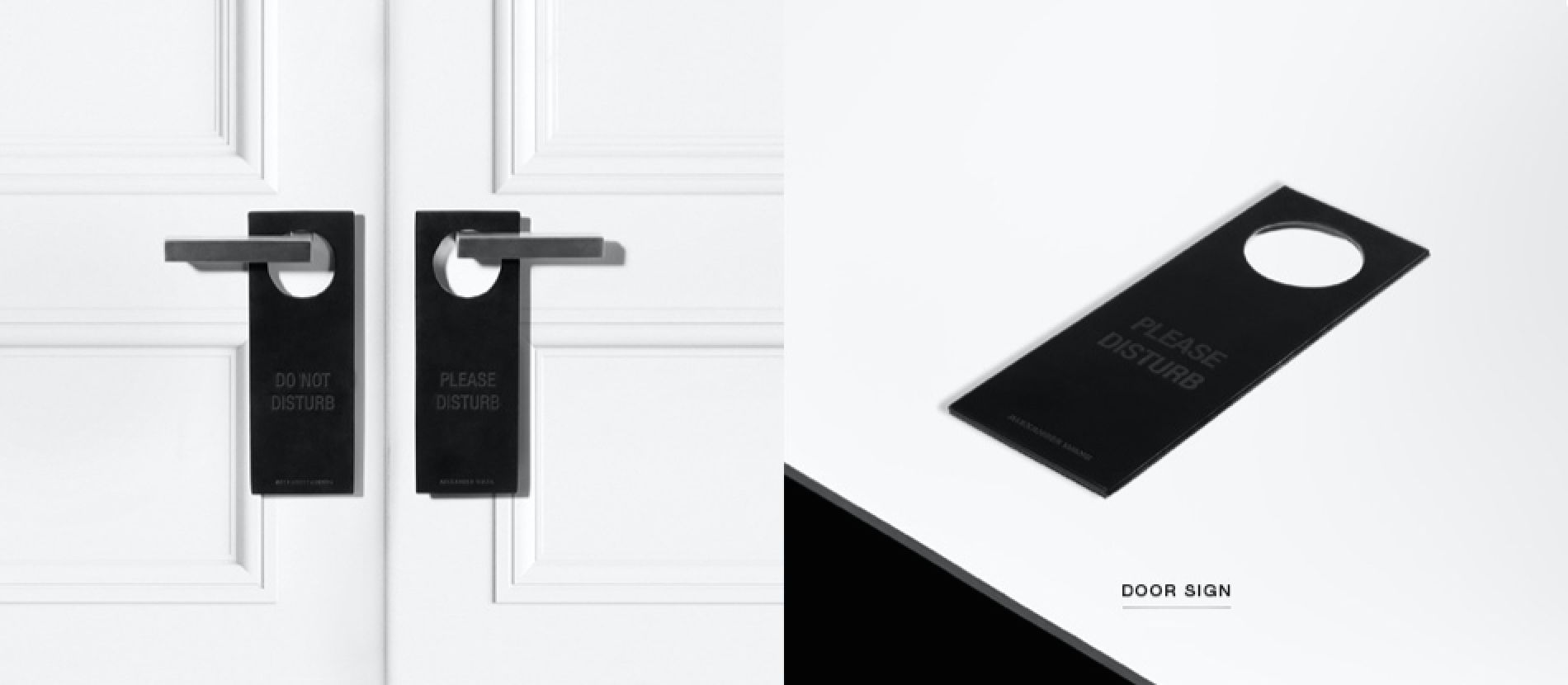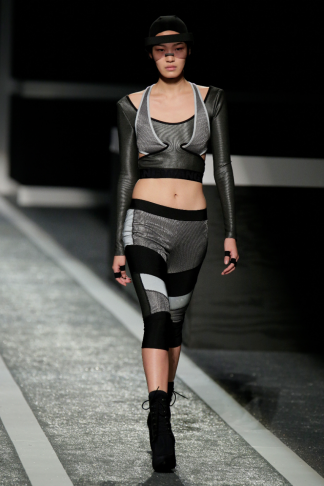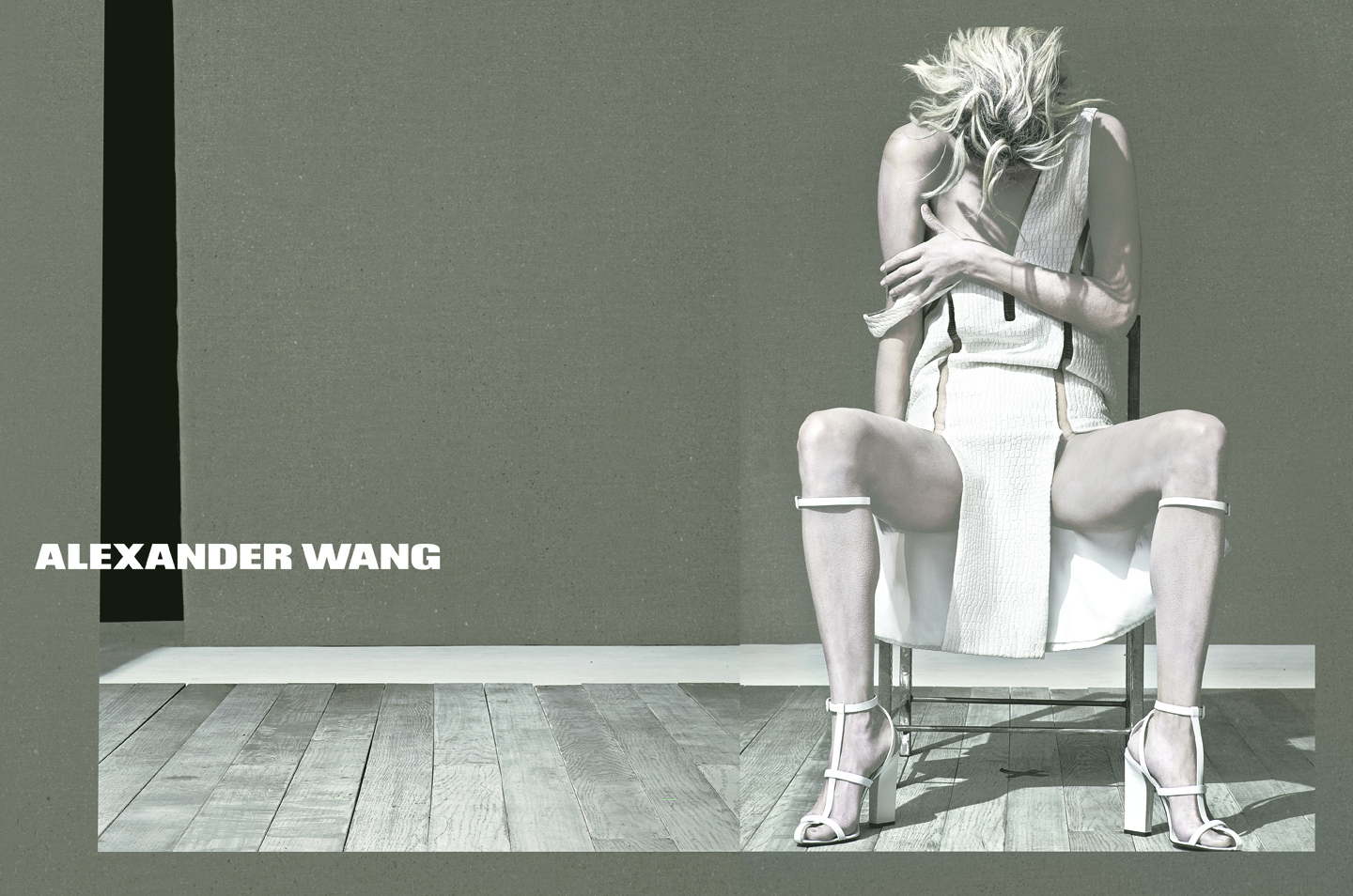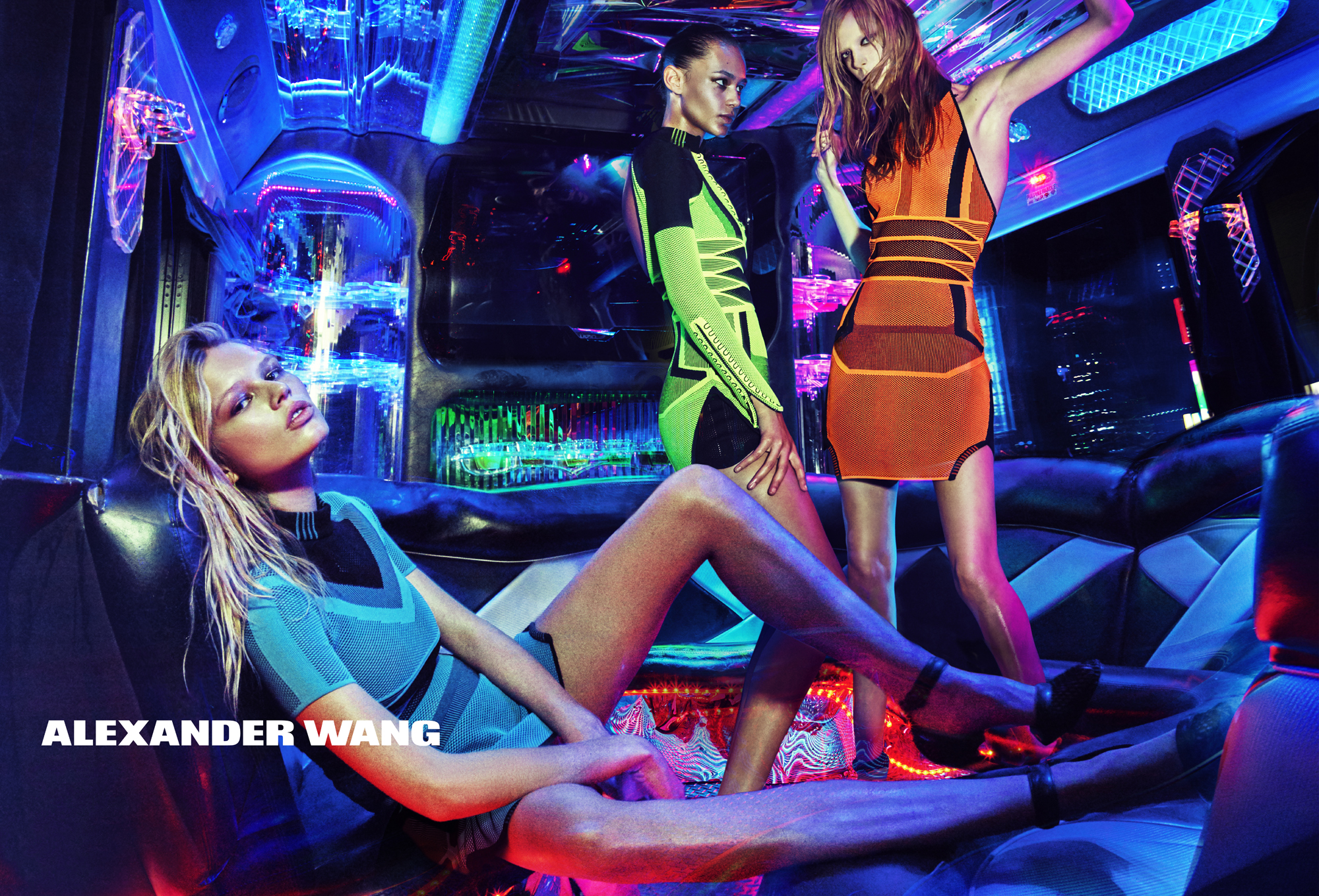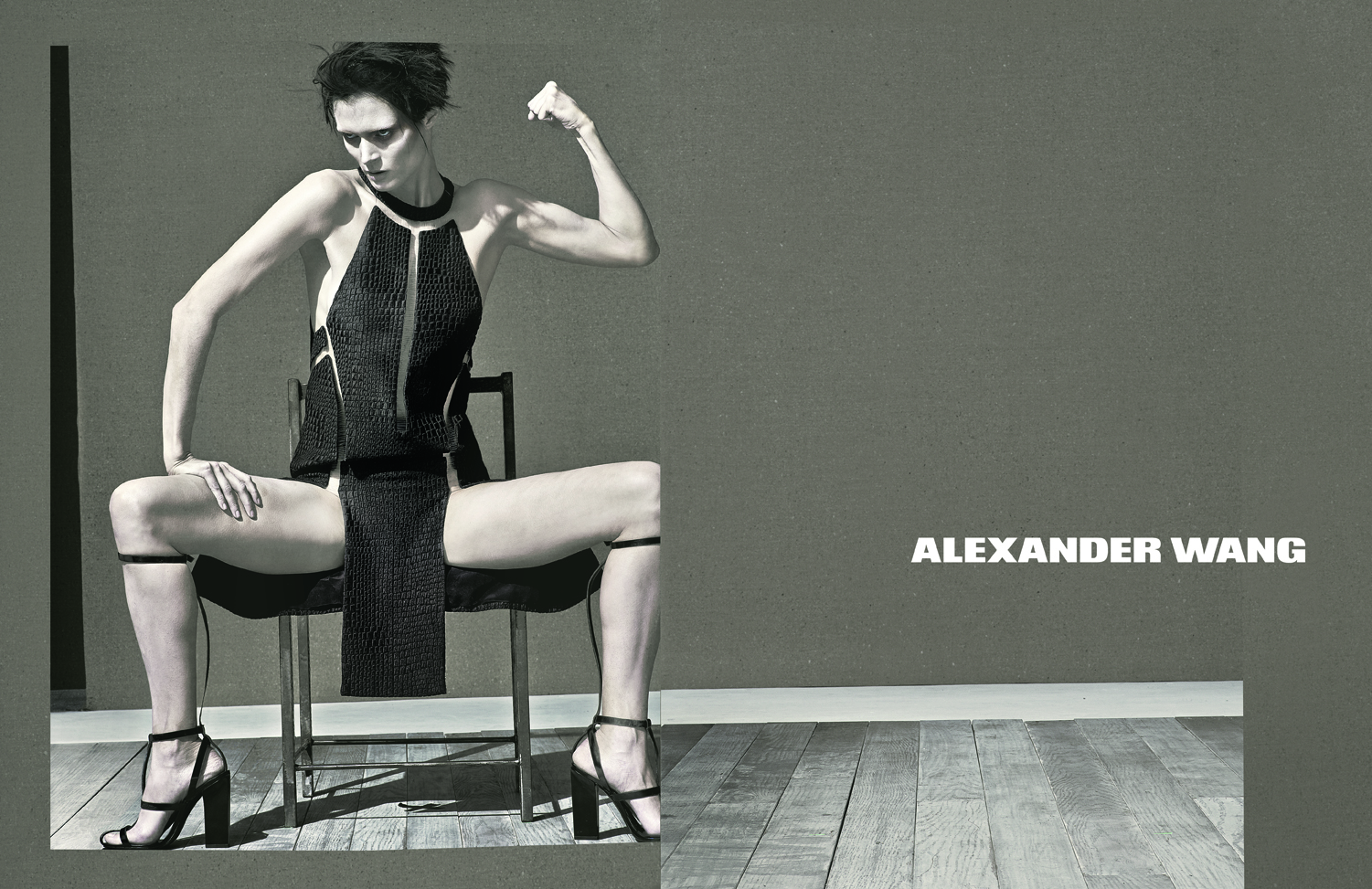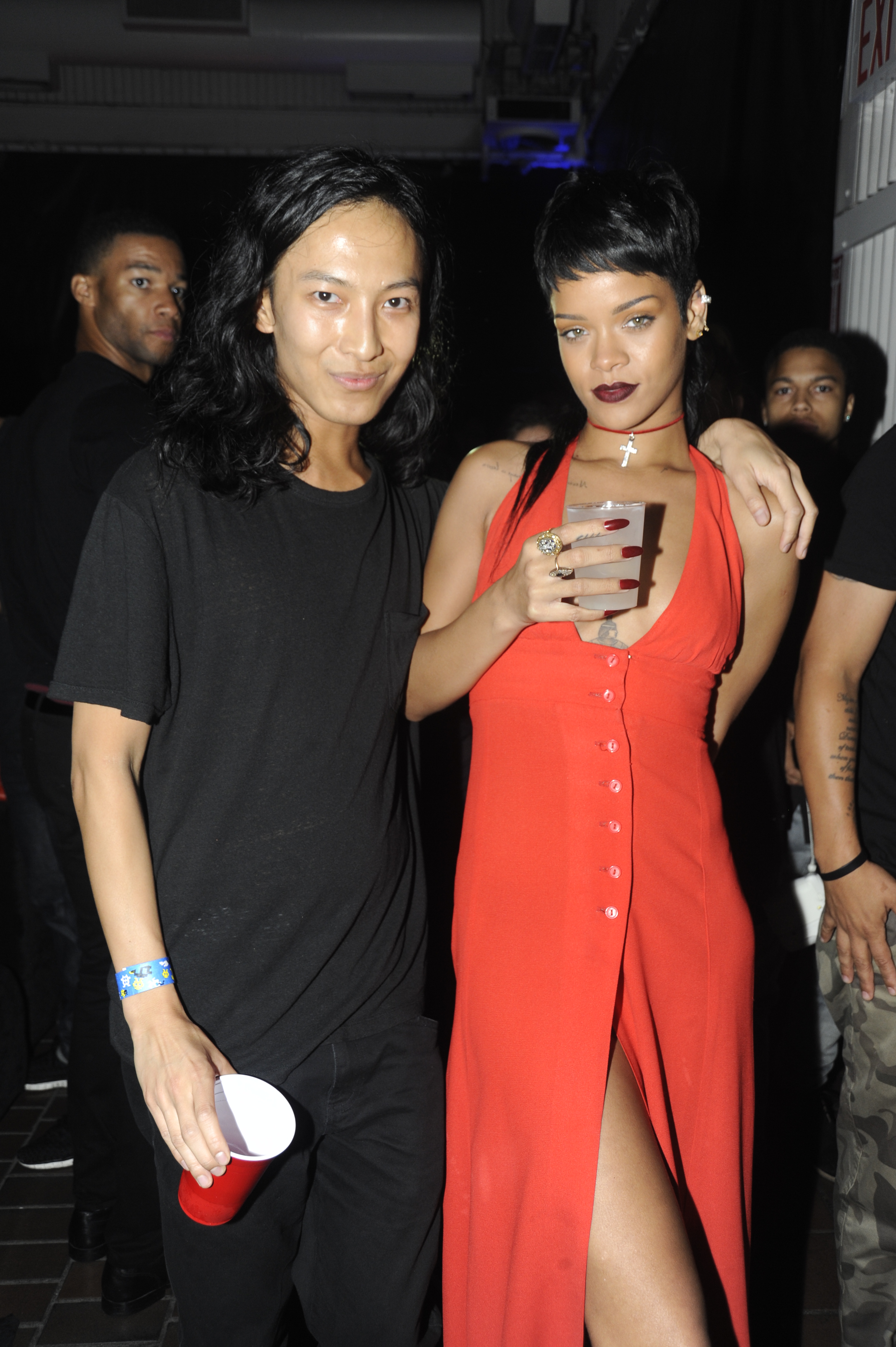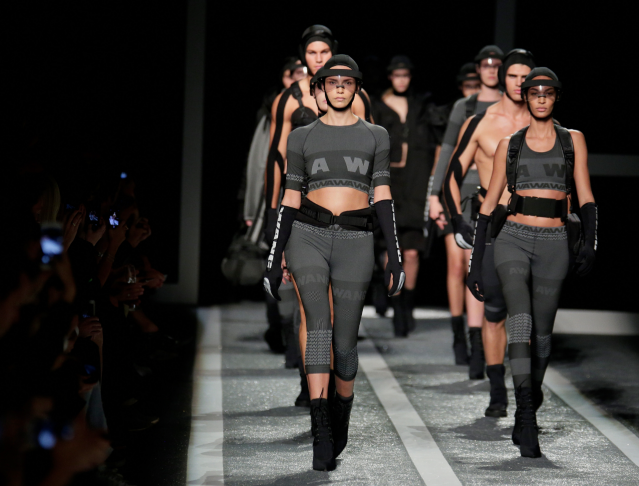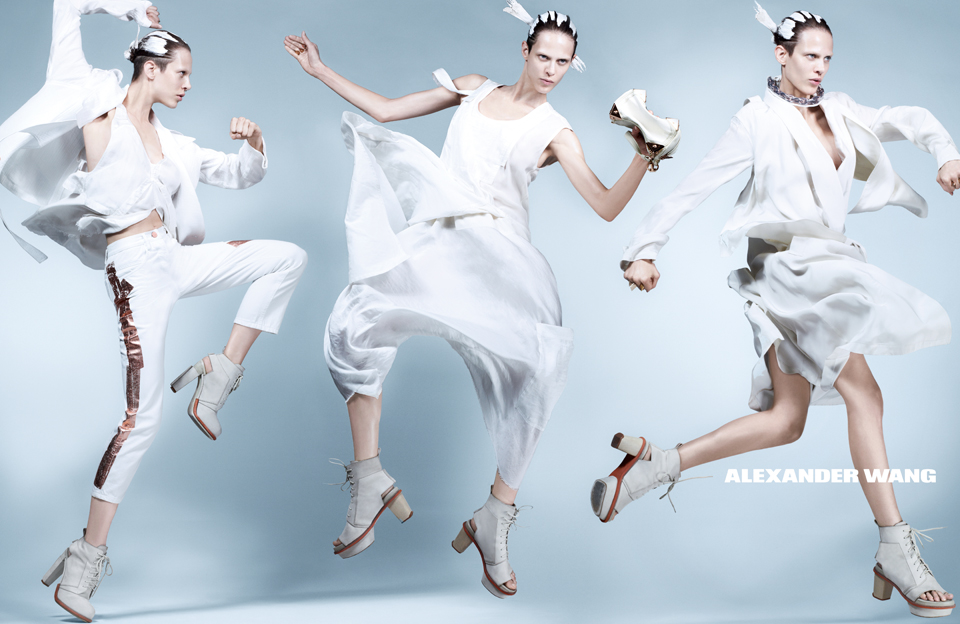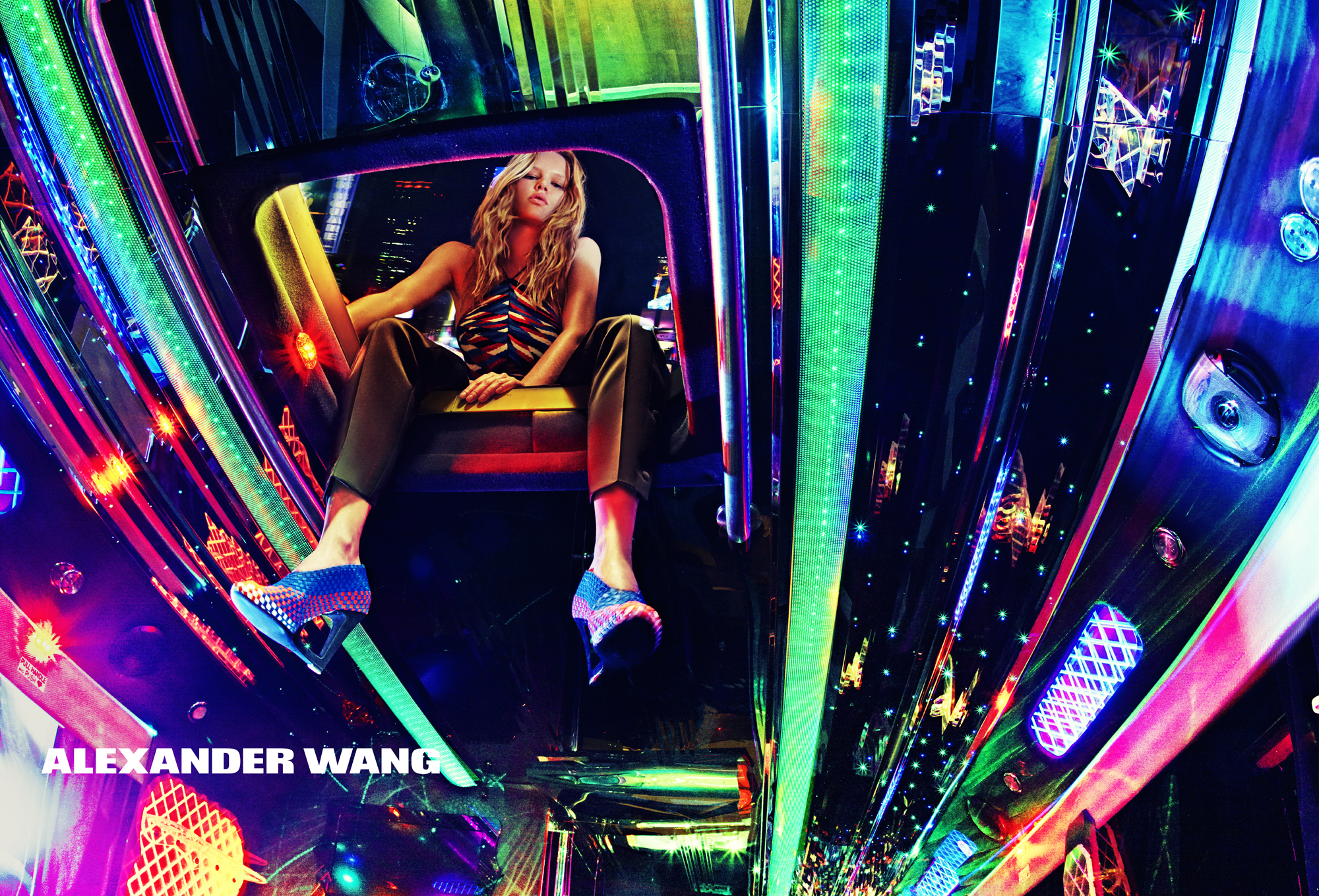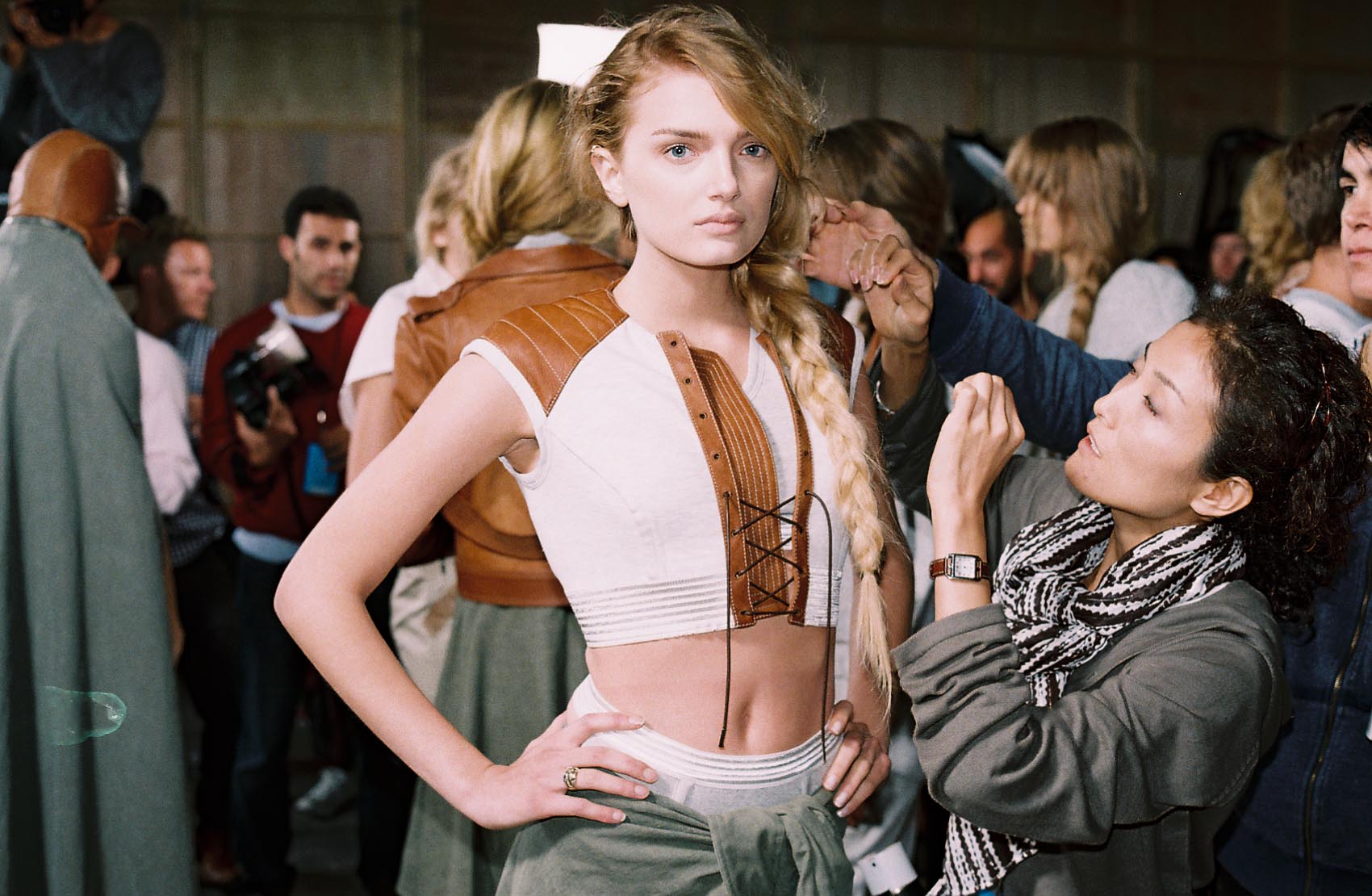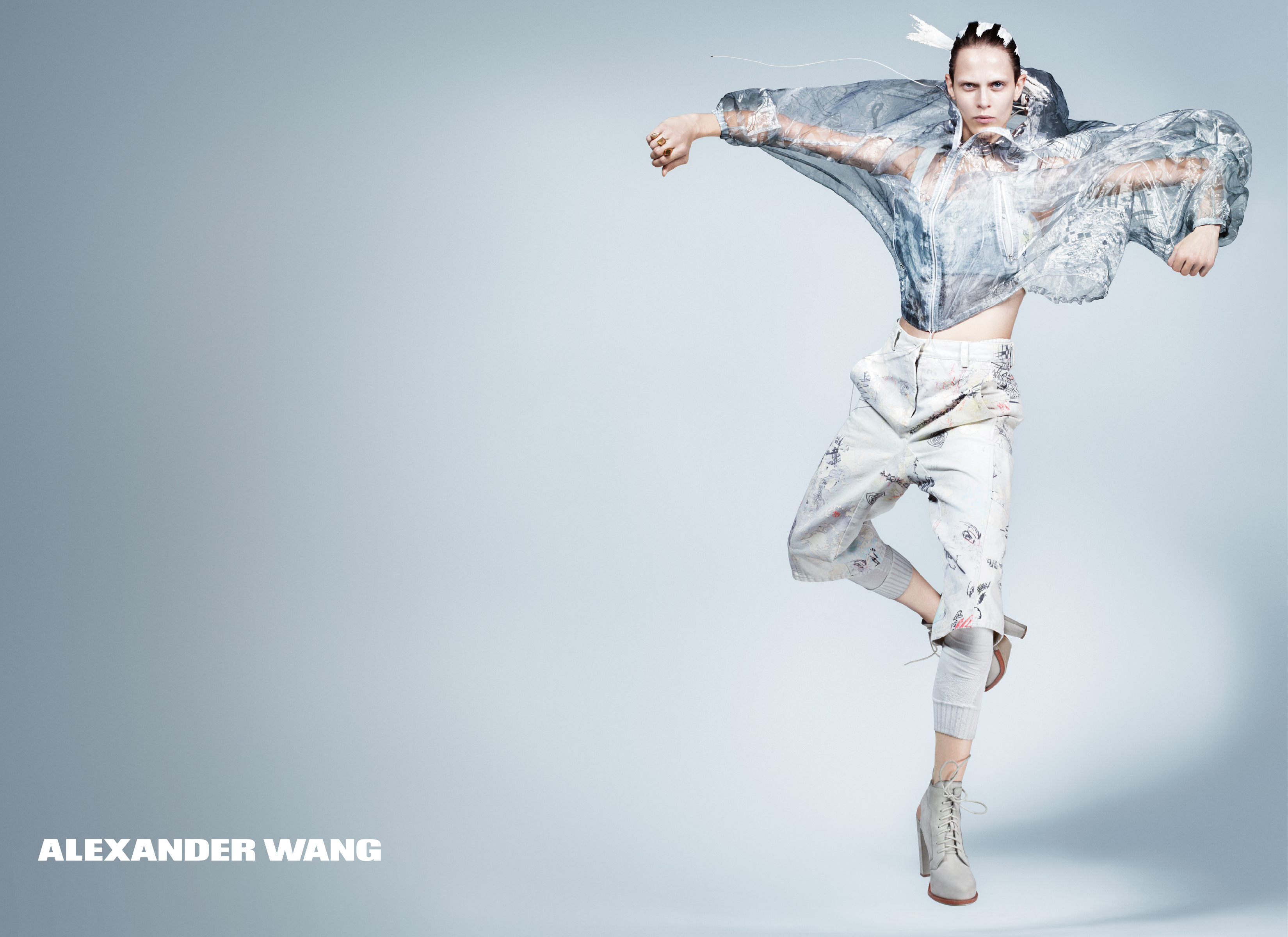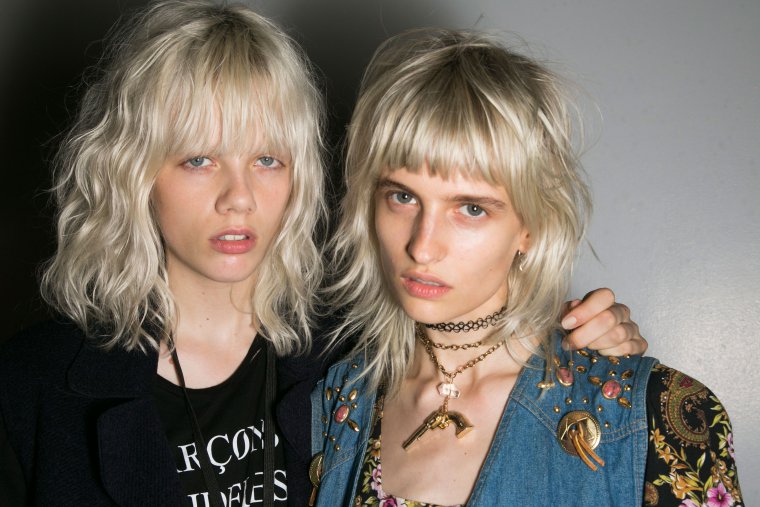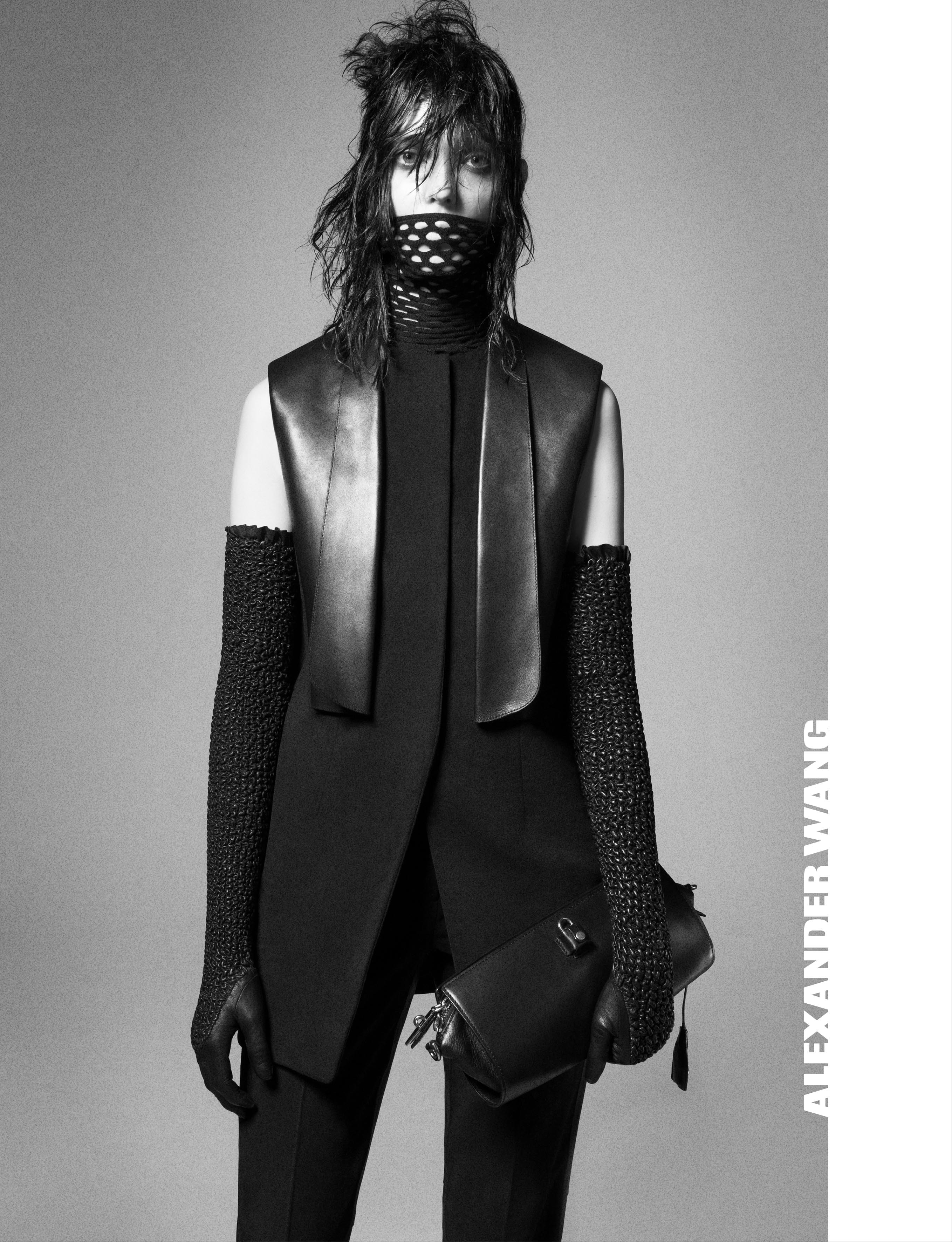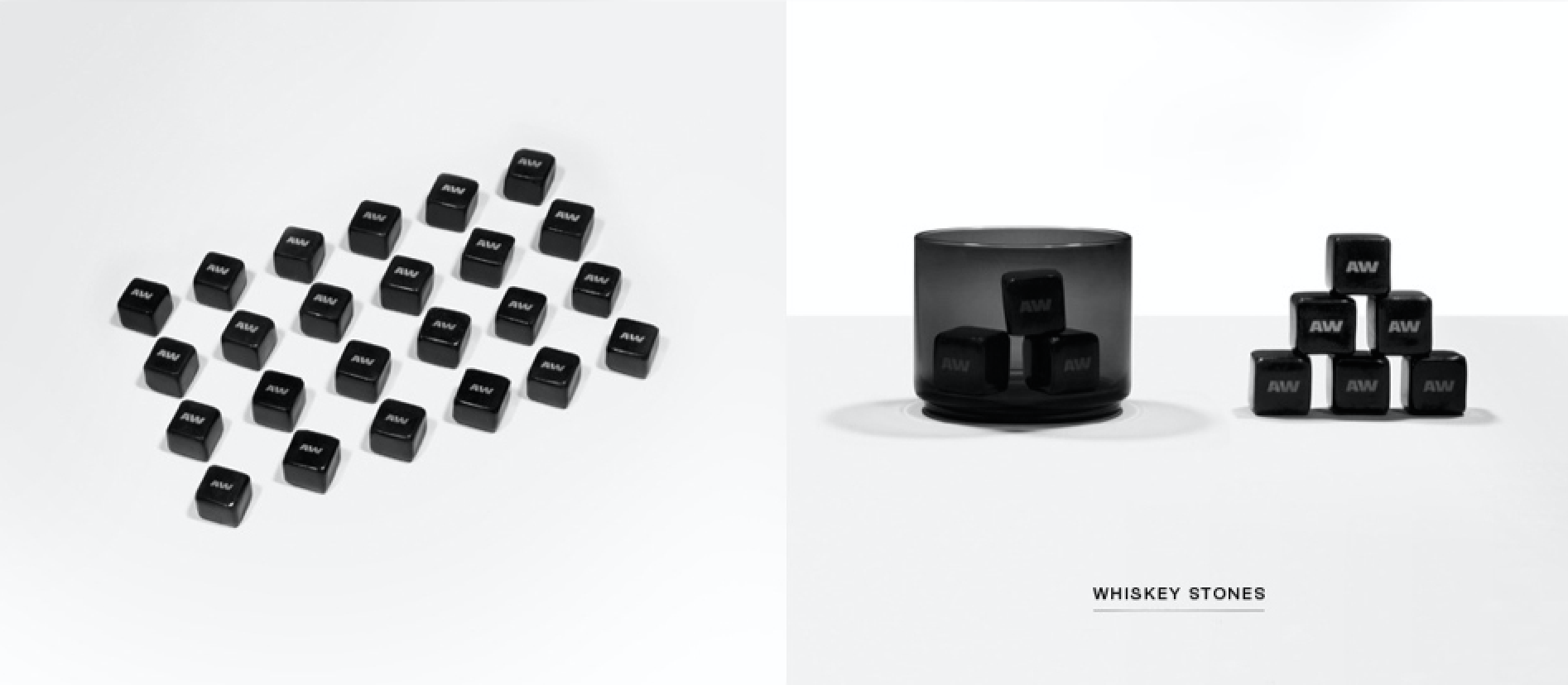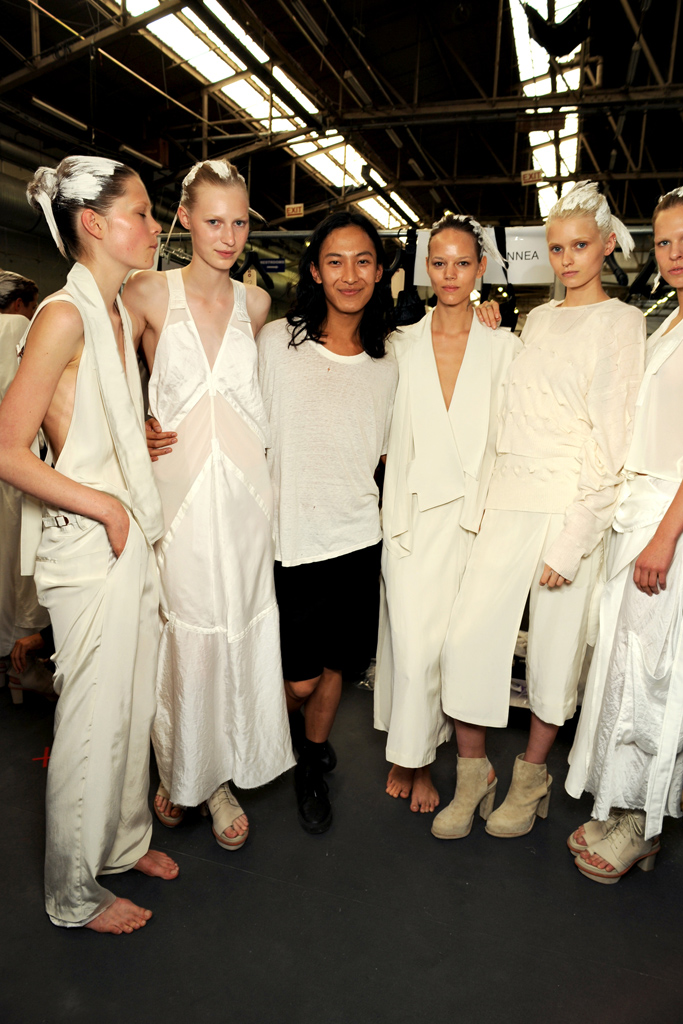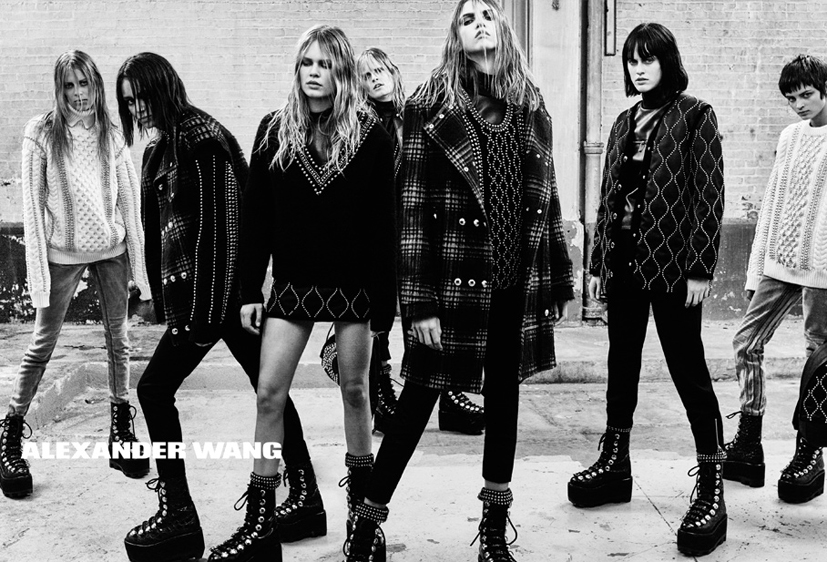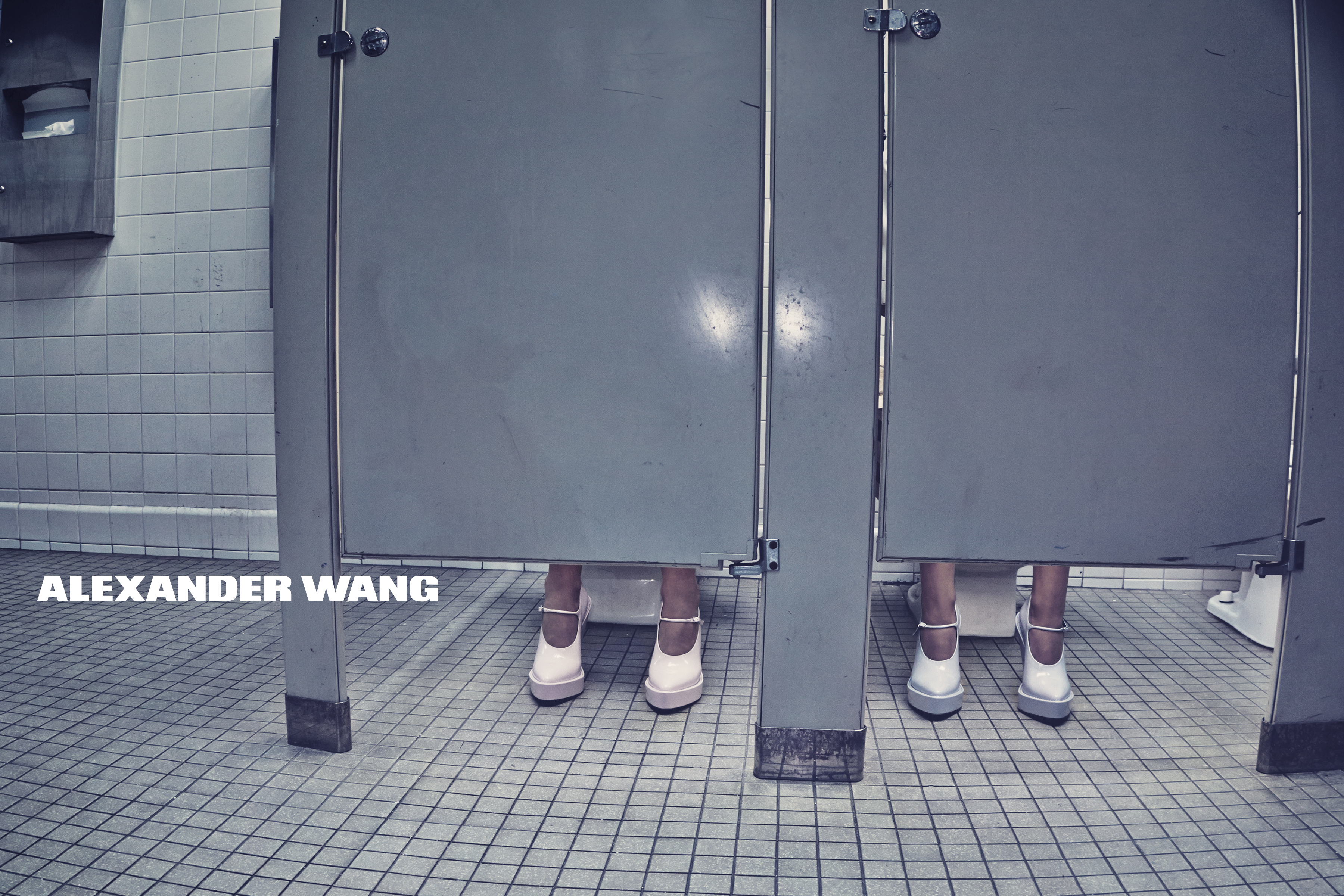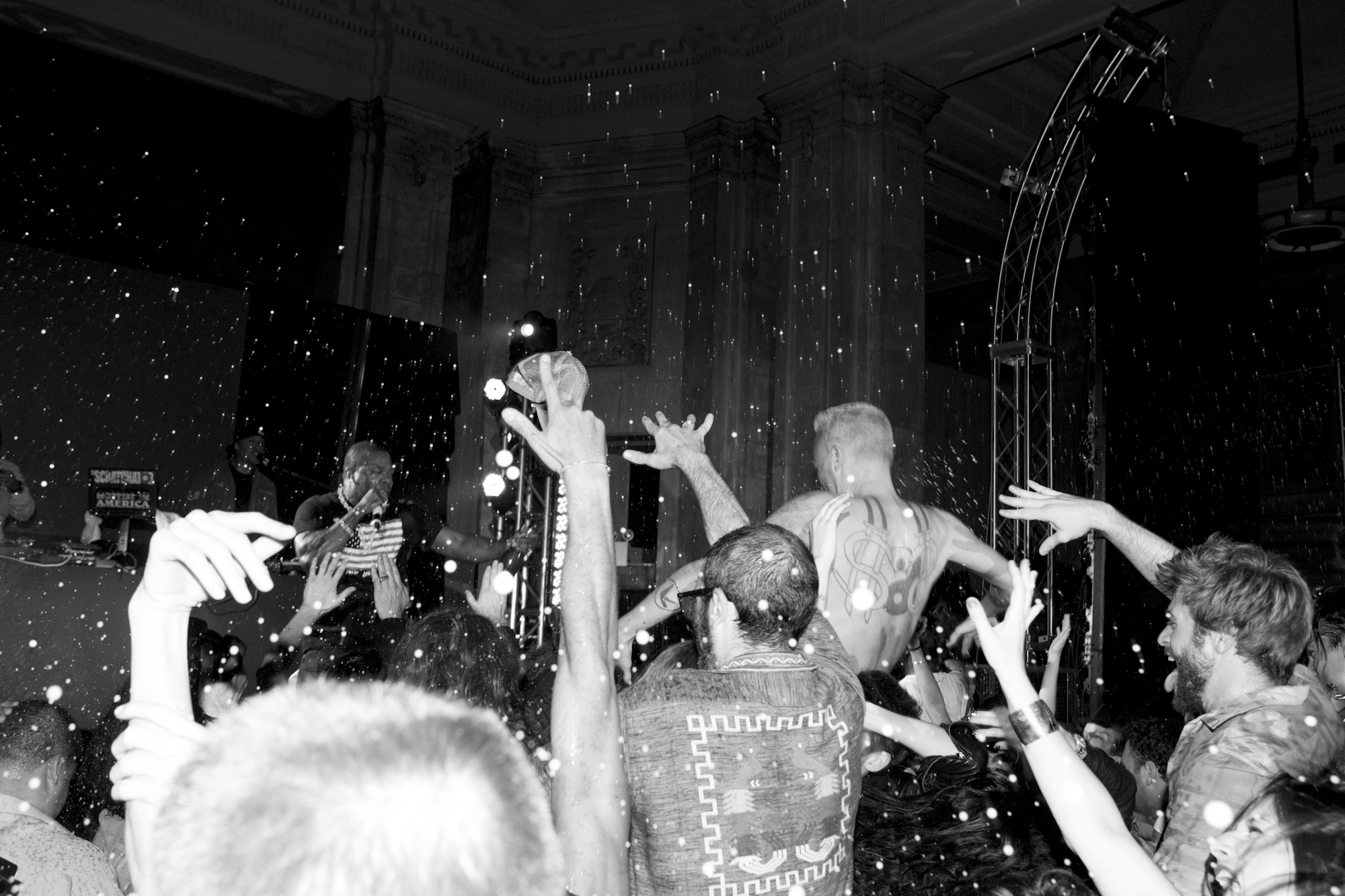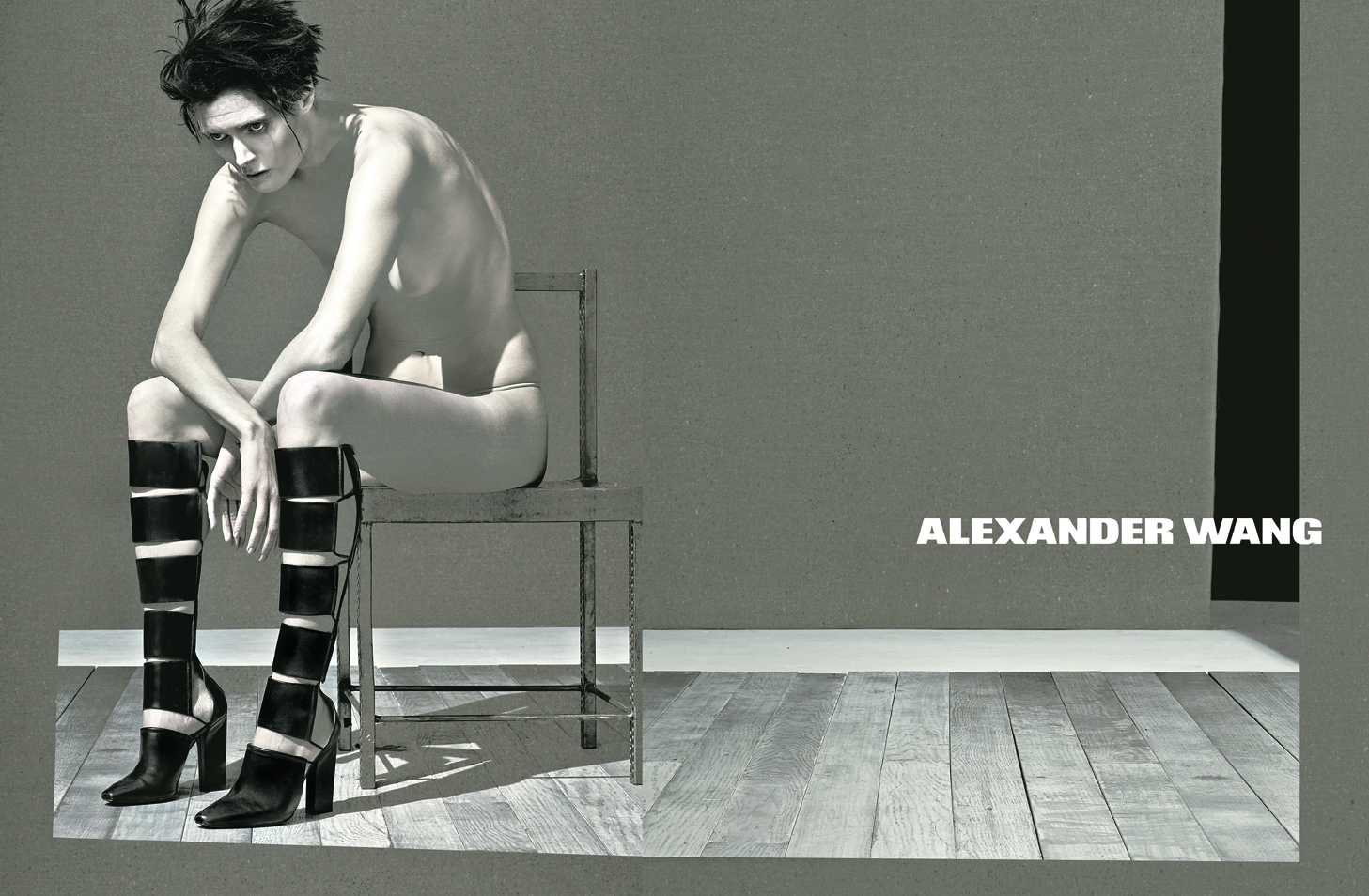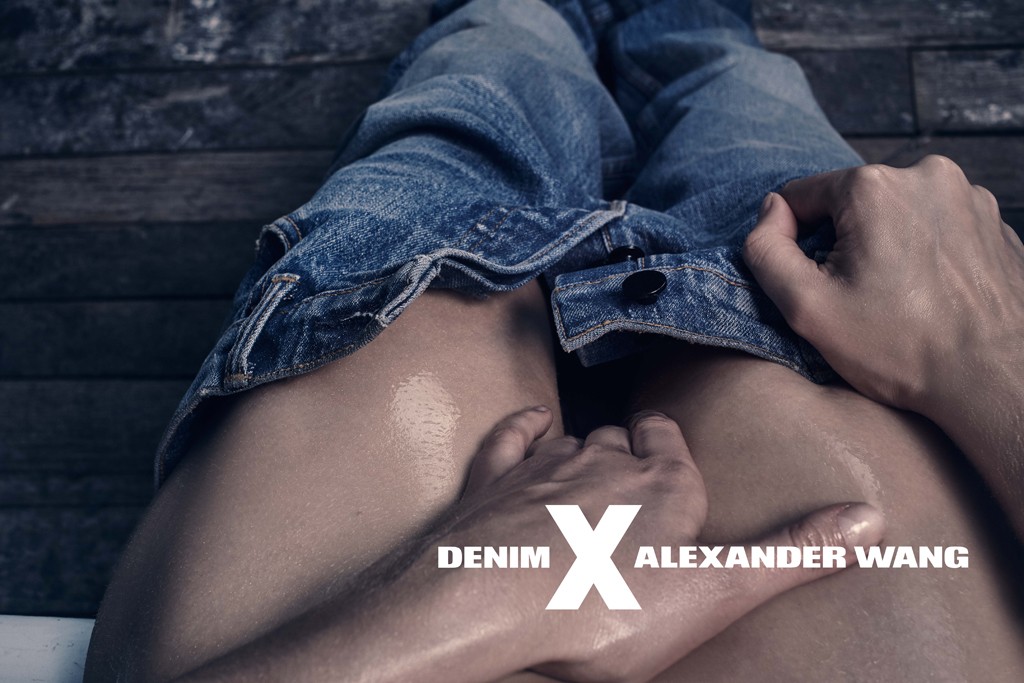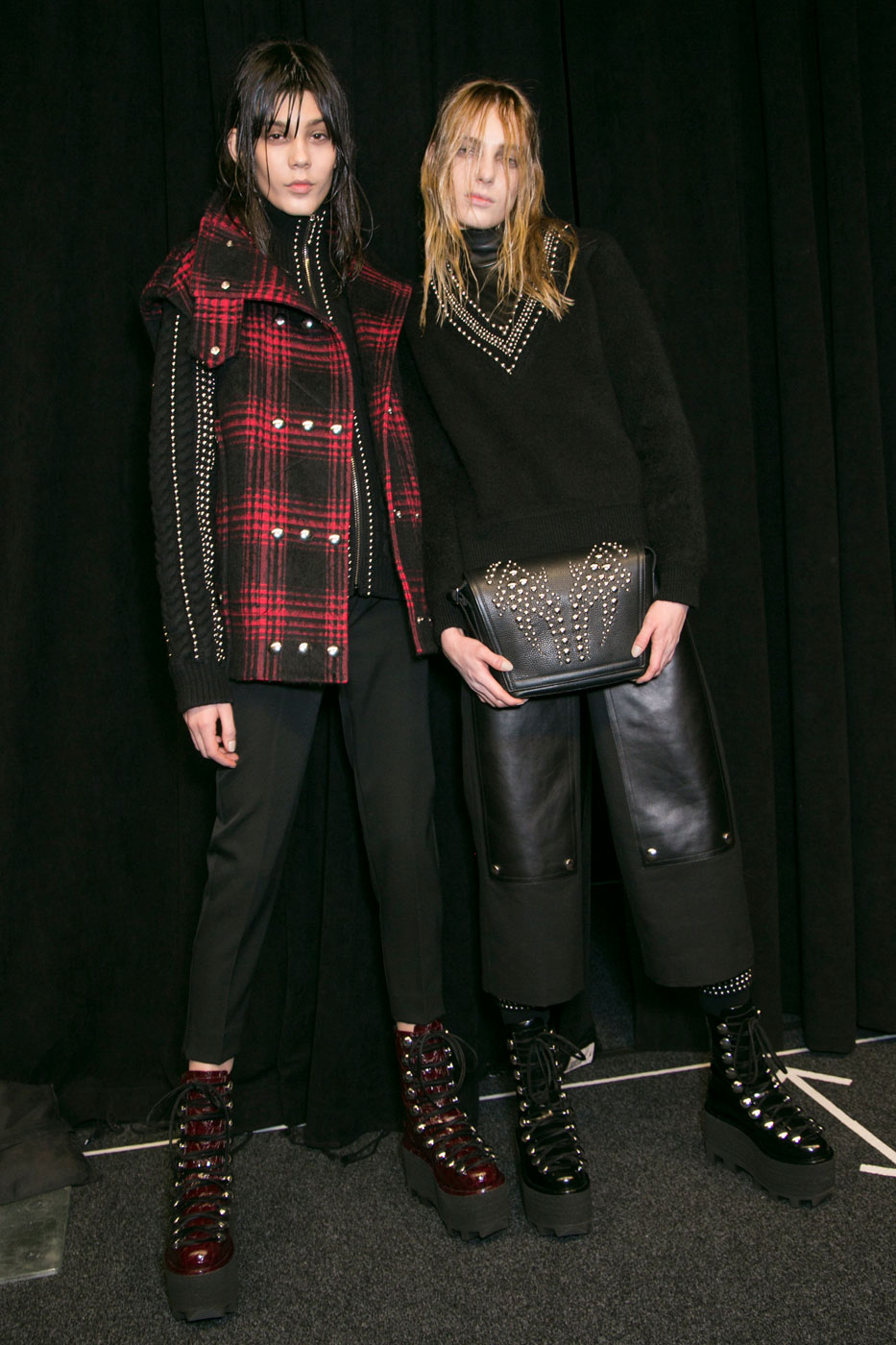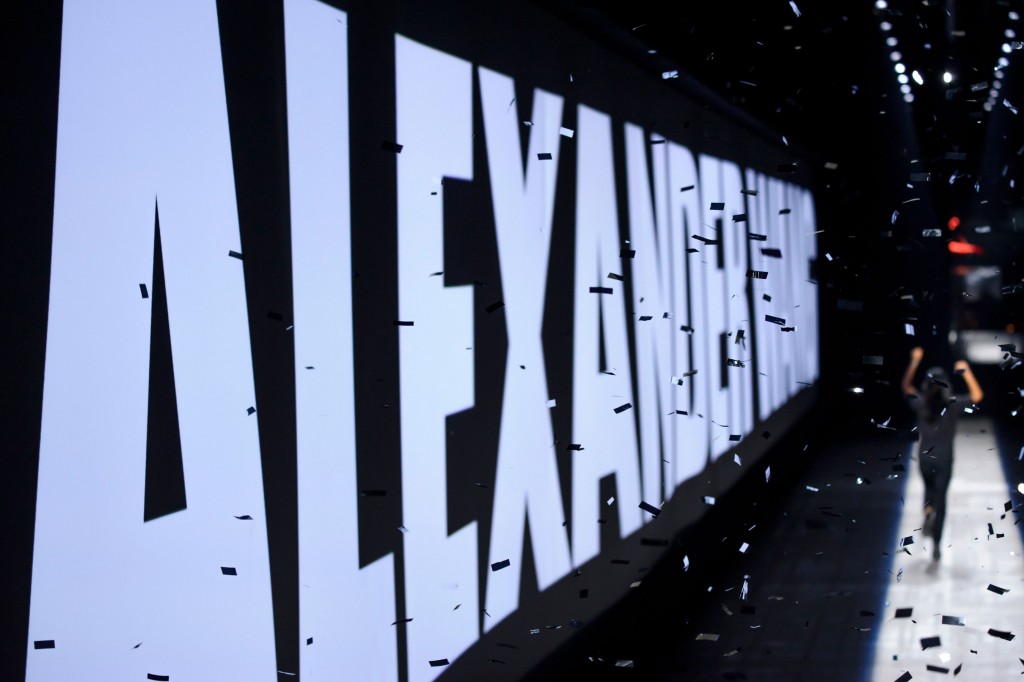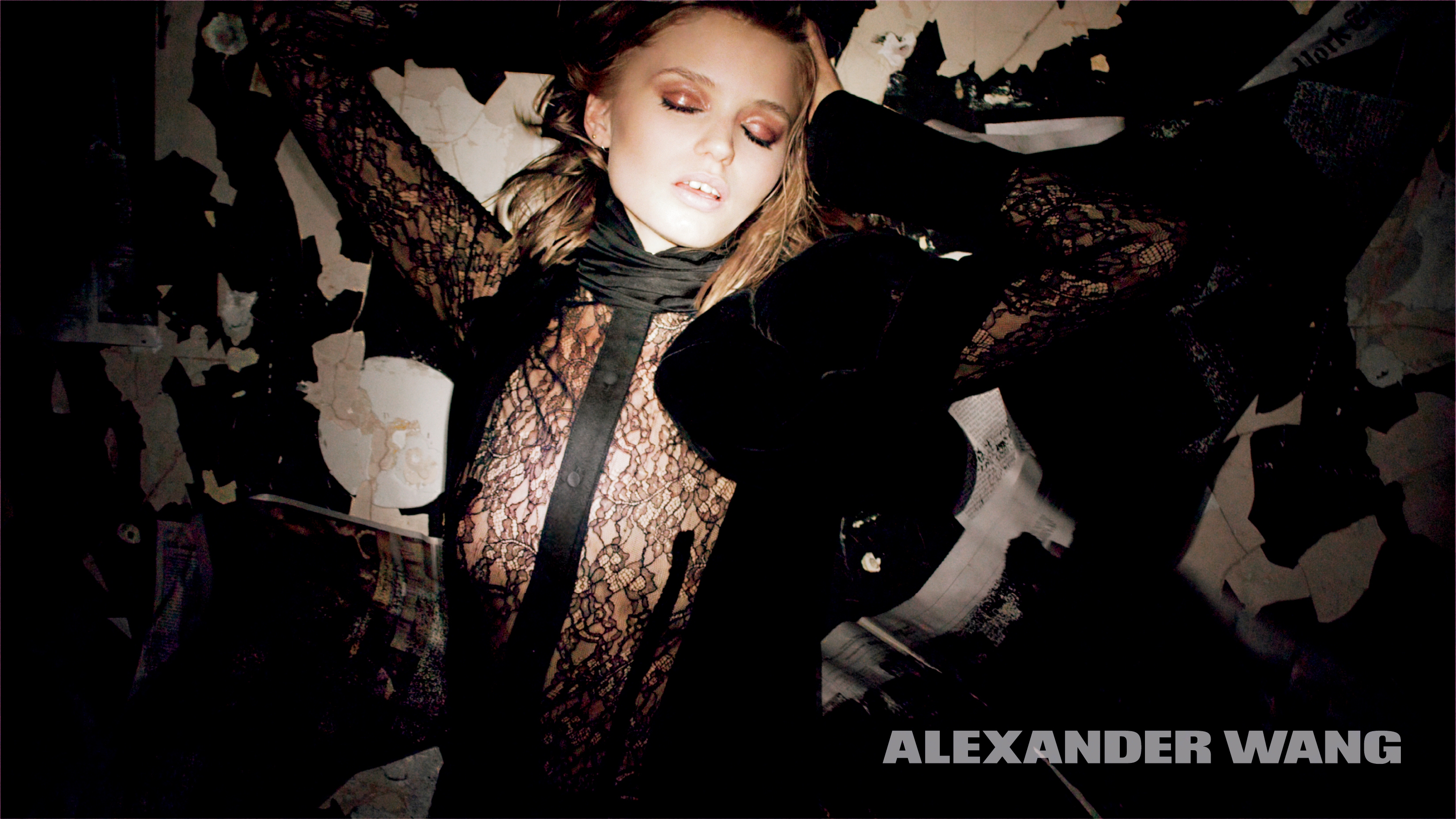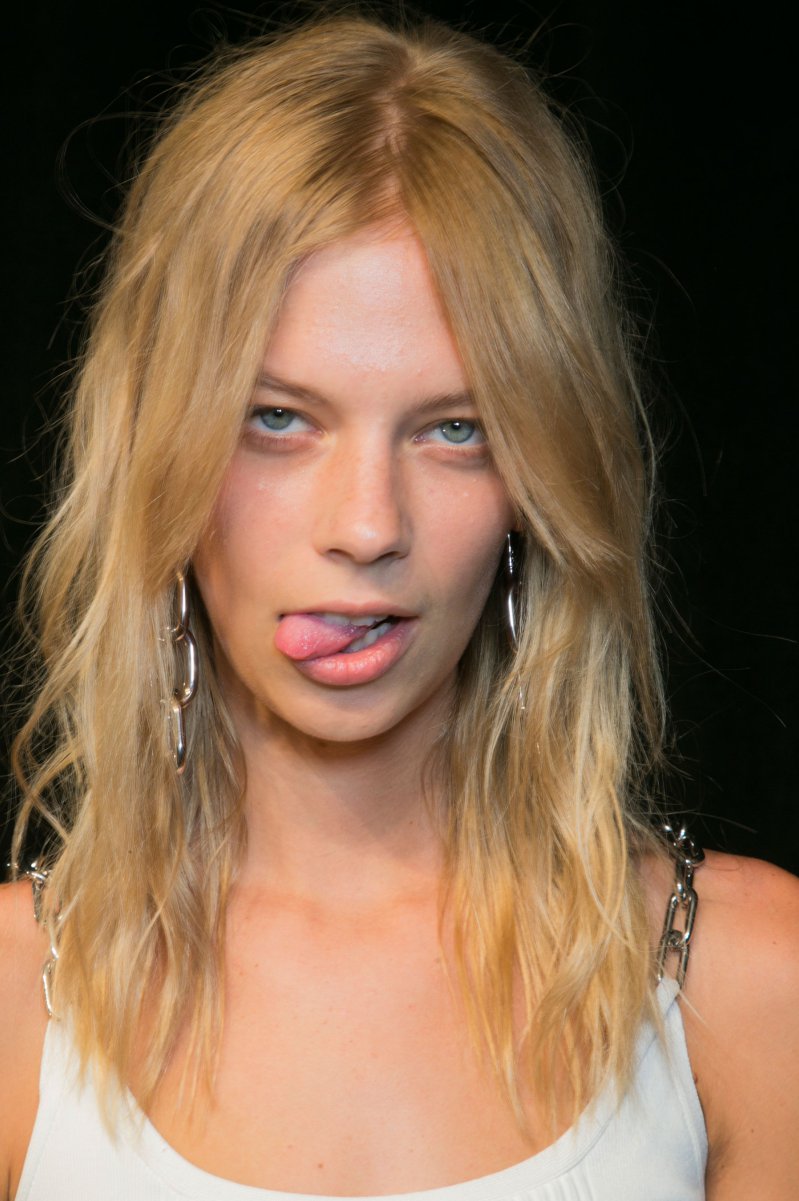BY KENNETH RICHARD
Congratulations on ten years, that’s quite a milestone! I think that’s a very big deal.
Thank you.
When you look back now at ten years, do you think to yourself, ‘Holy shit, I can’t believe it’s ten years!’?
You know, it’s such polarizing emotions and feelings because it’s gone by so fast. I remember the very first season very precisely, having to show buyers my six sweaters in my apartment on my bed, not having any clue what a line sheet was. I remember precisely, but also at the same time, so much has happened, too, that I never would have even imagined that it would happen this quickly. I’ve learned so much, I’ve grown so much and it seems like a lifetime ago. So, in a way it feels like I’ve gone through a lot and I have no regrets and I feel like it’s been the most amazing journey. If you had asked me ten years ago, I would never have been able to say where I’m at today. A lot of it has taken its course organically.
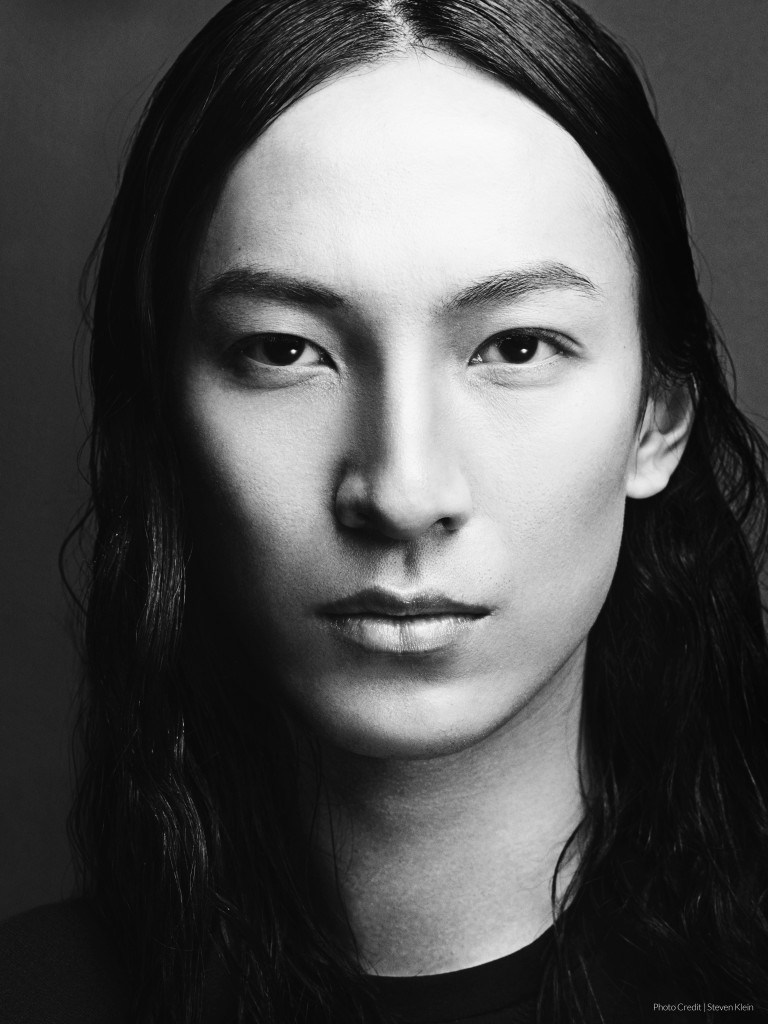
When you look back at that – ten years and six sweaters ago in your bedroom – what highlights resonate with you?
We’ve had a lot of interesting and successful and less successful moments, but I think opening our first store was definitely a big moment for us. It was something that I of course have always dreamed of.
Our first store on Grand Street, the way that it all happened was we had been thinking and talking about it. After work I always walked back home and my brother used to live on Grand Street right above the Yohji Yamamoto store. One day I saw that the windows were being all boarded up, which was weird, so I wondered what was going on and immediately asked my brother to call to find out. He did a bit of looking around and Yohji was closing down the store very quietly. I love that area, I love the street, it was one of my favorite stores on the street and I thought, we have to get it. And we got it. It was a big, pivotal moment for us. That was when we realized that it’s real, that we’re going to have to supply product, make deliveries every single season and hire staff.
It was also a really good testing ground to understand who our audience was directly. Until then, it had all been through wholesale accounts. We actually had our e-commerce up before we had our first retail door. Which was kind of a good entry way, but still, it was in that brick and mortar entity that we were able to try a lot of new and different things for us.
Otherwise, winning my first CFDA award was really exciting! That was a moment where I felt like the industry was actually recognizing or even taking notice of me, and I felt like I meant something to the community. That was really special.
Also, opening our first store in China. Opening a store internationally and realizing that we had an audience beyond New York. My Mom lives in Shanghai so I travel there quite a lot, but to Shanghai, not to Beijing. So opening a store in Beijing was a big risk for us because it was completely new territory; we had to learn the dynamics of the culture and how people shop. It was new territory in that it was also a new development, doing a really big store there for us at the time. So that was scary, but again very rewarding and very exciting. When we had our store opening there, we had the party there and brought a bunch of our friends. We had the party in the underground parking lot and had A$AP Rocky and Major Lazer perform.
Yeah. Ten years. I could go on.
Let’s talk about your family a bit because I know that your family works with you and I think there has been some misperceptions about how you got your start in this industry, but it wasn’t handed to you on a silver spoon at all.
I’m very blessed to have a family that supports me. They never tried to derail me or push me into other areas, so I feel very lucky to have that. But at the same time, I come from a family that was the most remote thing from the fashion industry. I remember when I was in high school, the thing I wanted to do the most was to go to visit a design studio, just to see what it was like behind the scenes. Or I remember when we saw the VH1 Fashion Awards, I would have given anything to be in that room and see all the designers and the models!
When I started, I brought the idea to my Mom and said this is something I want to do, I want to just launch it very small. She challenged me on the business end, she asked what my plans were, how I was going to support it. I said I’m working retail, I’m interning and I want to do it very small. There’s a showroom that wants to help me drive the sales and the marketing so they’re taking care of that and they only get paid when I get paid. I had a whole business proposal for her so she allowed me to take a year off from school and test the waters.
And my sister-in-law was in between jobs so she offered to help me just a little bit with doing the P&L and the expenses and stuff.
One thing led to the other and all of a sudden, when the collection first shipped, I was 19. So I think people just assumed my parents had a factory set up and whatever. I think it was easy to have that assumption, but then it was very hard for me in every interview to have to correct it or explain that yes, my family is involved, they help me and it’s a really good balance of teaching me the business side and letting me do what I want to do on the creative end. But in terms of finding factories, sourcing the raw materials, all of that, it was all done through trial and error and the limited amount of experience that I had in internships. I worked vertically with one factory – they made my samples, they did production, I had a showroom. I was hard working, I was very hungry, I was very ambitious to learn and get my hands dirty. School for me at that time just wasn’t offering me that opportunity.
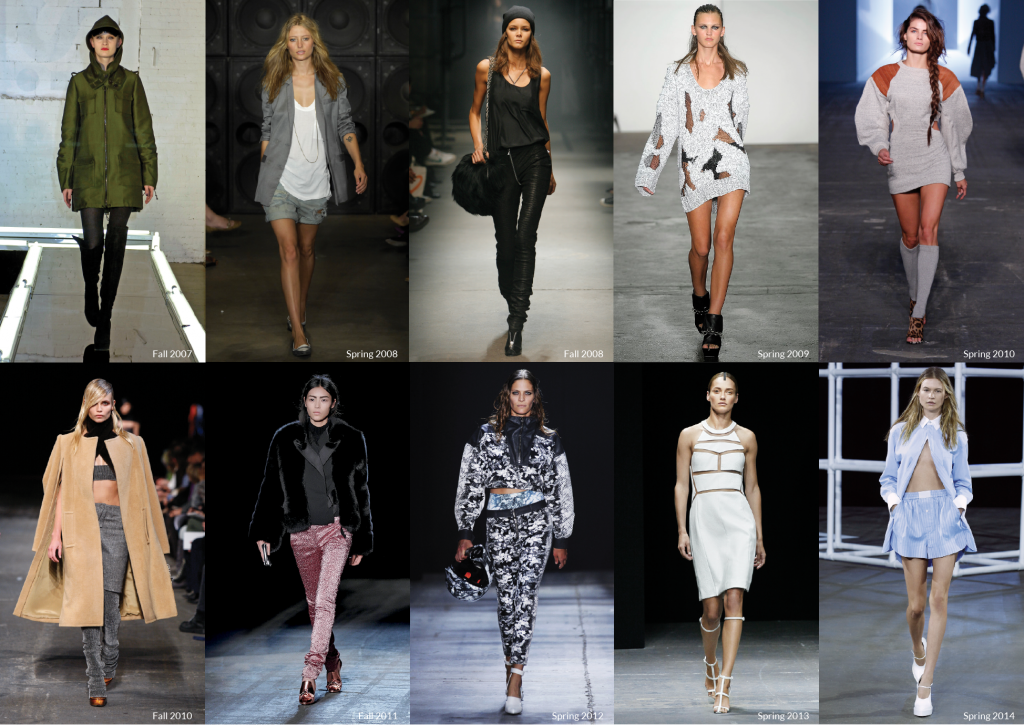
What do you think laid the foundation for that type of drive? Because to be 19 and to leave school and say I’m going off to do this in a very big industry where you really didn’t have an in… What brought that about?
You know, I think at first it wasn’t so much about competing in the industry. Obviously I was naïve. But I’ve always been known to take risks, and I feel like I saw it as a personal challenge and a focus that I needed to address myself because school wasn’t stimulating me the way I wanted it to. I wanted to learn at my own pace. I was actually planning to go back to school. I was thinking I would take the summer and launch and sell items on consignment and then, once it gets up and going, maybe I can do it on the side and go back. That was my plan. But, you know, things took their own course.
Let’s talk about that course. There must have been a couple of different steps along the way where you count your blessings. What happened that you were like, “Thank goodness because that enabled us to take the next step.”
Well, our first season, I was supposed to work with the showroom that I had been referred by an editor at Teen Vogue. She said they’ll take care of your sales, your press, all you have to worry about is designing the product. When I was ready to join with them, I met with them, they were very excited about the line, I told them my idea, etc. etc. When I came back in the fall to present them the collection, ready for market, they told me that one of their other lines was just about to launch the same extension. So I was a little thrown off, I was such a newbie in the industry with no idea.
At that point I had already checked out of school, taken my leave of absence, I already had the samples with me, there was no other choice but to just move forward and just try it on my own. So my sister-in-law and I researched a lot, and we found this trade show for designers –Designers & Agents for young brands. I remember she called every single day to get us the best corner spot right at the entrance, where all the buyers walk in. We had one mention in Women’s Wear Daily on new designers because my friend was an assistant journalist there and he did a little blurb on me. We had that one daily and 6 samples in a booth.
I remember that day, we had all the buyers, from like Barneys, Bloomingdale’s, Bergdorf Goodman, coming to our booth and at one point, there was a line around our booth, it was just me and my sister-in-law trying to scramble and talk to people. One of the showrooms that we had been trying to get into while we were researching – who never returned our phone calls, never responded to our emails – came by, handed us a card and took over for us starting that season. So we were very blessed that that all came together that way. Because I think we wouldn’t have known what to do with all those orders, how to ship it, how to do all the production. They really helped put us into a delivery schedule, into managing all the buyers. So that was a really big blessing in disguise.
Who was your first account?
Well, there wasn’t really one first account. There was a group but Barneys definitely was a big name major supporter of the brand in the first season and has been, since Day 1. Julie Gilhart, I remember her coming to my apartment, coming to my studio when my brother and I were still sleeping in the sample room. I remember she came in once when my family was in town and everyone was staying at the studio. We were all just sitting around the dining table, and my sister-in-law and I had a rack of clothing. She came in and she was like, ‘Wow, I feel like I’m walking into a family reunion.’ It was a really funny, nostalgic moment.
You have quite a head for business, I would love to hear what it is that you love about the business side of things.
You know, it just really stimulates me. In a way it’s just like figuring out why a certain fabric doesn’t work on a certain type of garment in a fitting.
[quote text_size=”big” author=”- Alexander Wang”]
I like to see the whole thing through. I like to see the creation of the idea, how we’re going to sell it, how we’re going to merchandize it, how we’re going to ship it on time to stores, how we’re going to make it in quality, how we’re going to communicate it and who is going to wear it. And then how are we going to do it all over again the next season. And if I can understand all those components and how they all work together to the best of my ability, then I can do that much better of a job.
I understand that not everyone works like that in the industry, but that’s how I’ve always felt was the most effective way to communicate, to work as a team, to understand what everyone’s goals are, what they need, what they’re after. It also comes from me having internships or hearing about other environments where it’s all about protecting the designer and kind of putting them in this glass castle in a way. And everyone else has to scramble around and get what they need to do without disturbing the designer.
With me, it’s an open door. Come tell me we need more marketing, come tell me that we need an earlier delivery, come tell me that this is hard to produce. Because I want to find the creative solution to making it all work. And the more we communicate, the more we can work together, the better we are as a company.
Maybe it’s just my perception, sometimes I feel like the industry looks down on it, but the people that I respect the most – whether it’s Mr. Ralph Lauren or Giorgio Armani – they’ve built some of the biggest lifestyle brands in the world and it’s not because they’re only thinking about creating a product. It’s because they’re thinking about the whole picture. That’s what I love about it, there’s no other way to explain it.
Creative problem solving. So, now after ten years, I’m curious how you look at time. Do you think quarterly, do you think weekly, do you think daily with retail?
I think hourly! Not even hourly, I think by the minute! I have an amazing team and people I can depend on that really help me formulate time, help me formulate a 3-yr plan, a 1-yr plan, a quarterly plan, budgets, calendars, based all on that.
My days are so different and varied and once I walk into a meeting – whether I’m going from a digital merchandizing meeting to a store planning meeting to a shoe design meeting – I am completely tuned into what is it that we have to discuss and I have to remain focused and I have to make decisions very quickly based on that. It’s important for me to think about the big picture, but when I’m in the moment, it’s always about what’s happening in that meeting and what’s happening at that moment. I try to live in the moment a lot more than I think I have in the past. I try to find the balance. It’s probably because so much is happening that I don’t really have a choice.
Are there moments that are more exciting now that you are seasoned?
Learning. Learning and not knowing what’s going to happen tomorrow. If I knew exactly what’s going to happen at every single meeting, every single outcome, I would feel bored. I think it’s the hunger to be curious about things and to work with my team and to talk about things and ask what we can do here, how we can do this better, how we can learn from this. That’s the part that consistently drives me still. Because there’s always a way to do it more effectively, more interesting, more qualitative.
You’ve also expanded in some other areas. What year did you open up T by Alexander Wang?
That was 2009.
So that was relatively early on in the life cycle. What prompted that?
When my collection launched into stores, my product was just merchandized into other brands. When I wanted to have my own section, my own corner, I was told you have to have a full, complete collection and product range.
So I decided to launch our own complete line. The first collection had a big assortment of t-shirts and when we wanted to start doing shows and grow and start adding new categories, there was a certain skew count and certain capacity of dollars and budgets that buyers could be able to buy into. And when we launched our own line, when we started doing shows, the whole line had from t-shirts to evening, it was always based on lifestyle wardrobe.
But I thought the t-shirts and the jersey are still a very important component to the brand, it’s still what the customer wears on a daily basis. So we tried to segment certain areas of the line by taking T out, making it into its own capsule collection. It’s still the same customers, it’s not a diffusion line, it allows this area to grow and maybe we can touch upon more stores that maybe don’t have the budget or the area to buy the ready-to-wear. So that’s how T started, and now it’s going into knitwear, leather, wovens, its own thing. But it was never meant to diffuse anything in ready-to-wear or be a cheaper version thereof. It’s the same customer, we merchandize it in all of our own stores together. It’s really allowed us to evolve in all areas.
How did Objects come up?
Objects started when we opened our first store in New York. When I look at brands like Ralph or Armani or even Supreme, I always love that they tweaked their sensibility and touched upon everyday items. You know, when you look at something, whether it’s a coffee holder or ashtray or whatever it is, there are things that you might want to tweak or change about it. So I wanted to do it as an exclusive in our stores. At that time, everything was going online and everyone was shopping e-commerce so I thought we have to give customers a reason to experience our stores. Our stores have to be a showroom, they have to be a place where people can experience the brand, where they can lounge around, where they can play. So Objects started as that. We’ve started doing different, other little collaborations like with Beats and surfboards, which are really, I found, very enjoyable because it just allows us to think much more broadly about what our brand is about.
You mentioned earlier that communication is a key element for you. So can you share with us your memories of your first campaign?
My first campaign… Well, what do you count as a campaign?
Fair question. Imagery that was designed to be shared in media that you paid for.
Ok, that we paid for…
Right.
Then, our first paid campaign… We didn’t pay for that. That was a video. We just released it virally.
Let’s talk about that video.
Ok. That video was the first season we worked with Fabien Baron and Karl Templer – sorry, it wasn’t the first that I worked with Karl, but the first season that I worked with Fabien. We wanted to do a video and we got Abbey Lee Kershaw and Craig McDean shot it. And it was really surreal, I was just like, ‘Wow, this is like a real video shoot.’ I was watching the footage and I was like, ‘This is like a real fragrance video.’ There were scraps of paper everywhere and the silk dress, it was just a really surreal moment for me, I was just like, “Here I am with these incredible, talented, industry icons that I’ve always looked up to, and I’m sitting here with them, creating something for our own brand.” That was really cool.
Actually, come to think of it; that wasn’t the first season we did a campaign. The first season was Spring ’09 with Missy Raider shot by Sebastian Kim, and it was her lying on bedsheets, kind of undressed. And then we shot Tasha Tilberg with Daniel Jackson, kind of inspired by the 80s Versace/Avedon pictures.
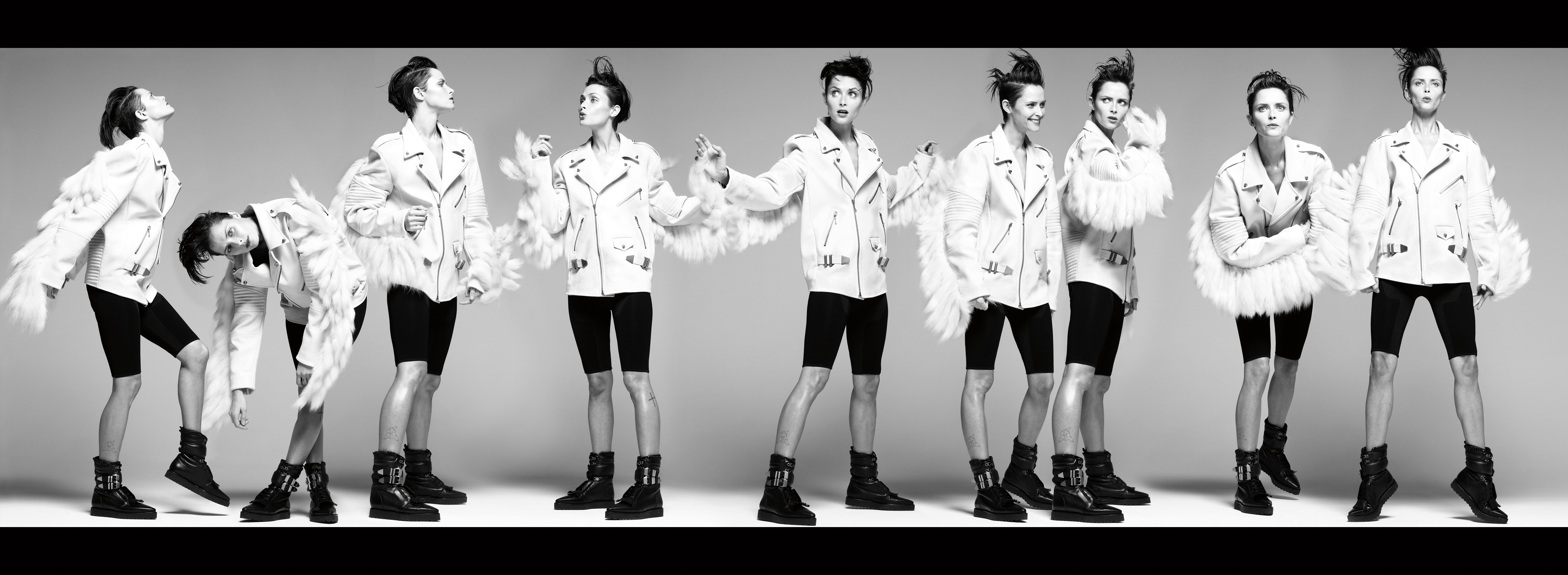
You sound very versed in the history of campaign imagery. Do you find yourself reminiscing through imagery a lot?
Always. A visual memory is something that’s very important and integral. It’s always important to know what’s happened before and reflect on why it was important at that time and why it was pivotal or provocative or interesting, or how people reacted to it. I think it’s important to respect that.
Do you think of ‘pivotal’ and ‘provocative’ while you are creating imagery today?
They’re definitely questions that I ask myself, but I don’t think they’re mandatory. I think we have to first explain my interpretation of provocative. Yes, we’ve had typical ‘provocative’ campaigns with our denim campaigns. But I mean provocative in the way that it provokes people to think about something, engages a conversation. What does this character mean, what does this imagery mean, what is it saying about the brand? It’s basically provoking some sort of reaction. I would rather have some people hate it than to not have a reaction at all. And I think to have a reaction to something means that at least it’s impacting the conversation, and that’s important for me, for sure.
So you have worked with Fabien, Pascal, Karl and Steven Klein. How did you meet Pascal?
I think I met him through my previous press agent, Leslie. He was working on setting up his new KiDS. Leslie thought I should meet with Pascal because he was looking to work with young designers and do something different. He obviously has the experience and really understands this area. But this was such a new department for him where she felt like he’d really want to have that energy and that kind of drive to do something and partner with me. And I said, I’d love to!
I met with him and we totally hit it off. We just immediately started talking about the campaign and the casting. The conversation wasn’t even supposed to go that quickly but it did. We started talking about photographers, he asked me what photographers I loved. Of course I brought up Steven – I’ve always respected him and his work. And he said, ‘Yeah, let’s ask Steven if he’ll do it.’
It was the season right before I joined Balenciaga, so Spring 2013. It was the glow in the dark season. We had Malgosia Bela and since that collection was so slick and so graphic, it was all about these lines, we thought we’d do something very painterly in opposition to what the clothes looked like. So everything had this whitewash on it, it looked almost like a painting, like a Lucian Freud kind of painting, with certain parts being erased. It was one of my favorites, it was really really really beautiful. I just loved it.
So, what’s it like working on set with those two?
It’s incredible. Obviously they have a great working relationship together. But they really allowed me to be a part of it and that’s really important for me. Sometimes certain photographers or certain art directors are very experienced and when you’re dealing with people who know exactly what they want, it’s very hard for them to allow other opinions. But they respected my role and really allowed me into the process so it’s very collaborative. We sit there, me, Steven and Pascal, and we talk about raw ideas and concepts. Steven really trusts me and will tell me to go show the model how to pose and move her hand where I want it. I love that he can trust me to do that because I totally trust his eye. It’s just been a really successful collaboration.
What is it like to work with Anita Bitton?
Anita has been a great collaborator. I’ve worked with her since my first show season. She’s someone who just understands what I’m looking for and searches high and low and presents me with a lot of great options. I mean, the casting is so important. I’m a fanatic when it comes to models and she knows that about me. She knows my nerdy, dorky side when it comes to fanning out over models. Ever since the very first season she’s been helping us get the models that I wanted, and is now helping us discover new talent. She’s been great.
And Anna Ewers?
It was my first season at Balenciaga. Every season I always look online at Tumblr and blogs and I always try to find people that interest me. I was on some blog and I found a picture of Anna – it was like a bathing suit picture, it was a commercial picture – and I sent it to Anita and I said, we have to find out who this girl is. And she found her, she was part of the commercial board at Women. I asked my friend Heather, who was an agent at Women, to find out who she is and bring her over to her board. There was a lot of negotiating and she finally got her and when she came in, I loved her, she had this confidence but there was also something quite off about her and I like that. She’s obviously a bombshell – that goes without saying – but there’s this mystery and this awkwardness about her that really complements the allure of why you’re intrigued. It was her first season doing any shows and it was my first season at Balenciaga so there was a lot of sentiment to that and then she did my first fragrance campaign for the house. And has been in every single Wang campaign since, has opened Wang shows, closed 3 Wang shows, she’s a friend, she’s a partier, she’s just a great girl all around. There’s something very raw and real about her.
The thing that really terrifies me is that some of the greatest models are models that don’t care about modeling. She’s definitely hard working, she loves what she does, but she’s also one of those girls who one day could just decide to move to Costa Rica and not ever come back. So I’m trying to do as much with her as I can before she decides to.
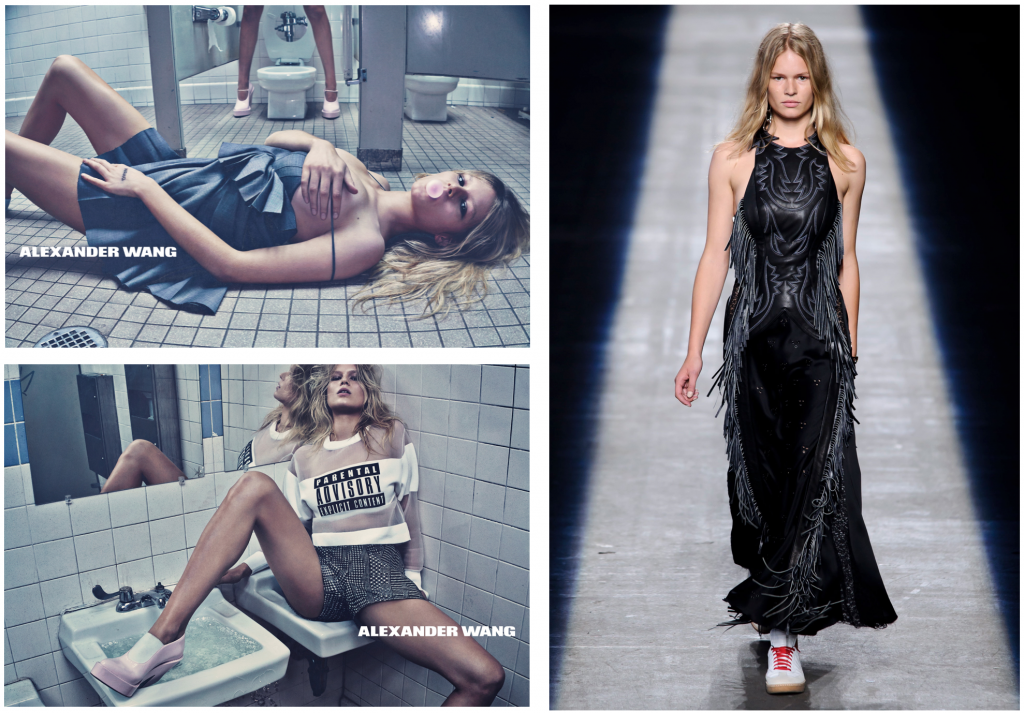
You mentioned the word mystery earlier. Do you think about mystery in the design process at all?
Definitely! I always think that it’s good to always preserve a good amount of mystery in who you are, in what your brand is, but also be very authentic. My brand is my name and it’s hard to create a separation sometimes, whether it’s social media or whatever. Because I have to go out and I have to promote and speak to whatever it is. But it’s important to me that I have my privacy as well, that I don’t feel completely exposed, that I can still go about life and do things that I wish.
You’ve obviously shepherded Anna. So you’re mentoring now. Do you think of yourself as a mentor?
No. I don’t think about that. I always get really weirded out when people ask me to talk at schools or speak at things. Because I always feel like I’m still learning and it’s great that some people want to understand my method or my thing, but really, I’m just figuring it out myself, although people might assume that I’m not. I don’t have all the answers to everything. I did it my way and did what felt right at the time, acted on instinct and just kind of reacted really, and tried to stay as true to myself as I could throughout the process.
What do you think of the industry as a whole? What excites you about the industry?
I think that it’s always changing, that it’s an ever-evolving landscape. The industry’s obviously very different from what it was even from when I started. There’s always new people coming in and people exiting. I think that part of it is really interesting. Because it makes you have to always be alert. It’s the kind of industry where you feel like you have to always pay attention and you can’t seclude yourself. There are a lot of factors that influence this industry, whether it is the technical world or the music world or whatever. I feel like you just have to really be on your toes and I guess I enjoy that.
What would you like to do in the near or long term?
There’s a lot that I’d like to do. I would just love to continue to explore whatever it is that interests me – and I know that sounds very vague, but a lot of it has to do with fashion and a lot of it doesn’t. And hopefully I’ll have the opportunity to evolve. Like how starting with Objects led me to furniture design. I just love being able to always explore different avenues like that. Fashion has been a pillar in establishing what my identity is, to a certain point. And then certain opportunities come which allow me to expand that exploration and that aesthetic and that kind of sensibility. It just intrigues me to think more broadly about what else I could do.
Thanks for the reminiscing about your first 10 years. We’ll have to do this in another 10!
Thank you.
[hr align=”center” style=”striped”]
